A lot of calibrations are done in the process industry every day to keep the measurements accurate, keep operations running safely, maintain product quality, and meet compliance standards. While some calibrations happen in workshops or labs, many are done right out in the field, where the instruments are installed.
That’s why portable process calibrators have become essential tools for technicians and engineers working in industries like oil & gas, pharmaceuticals, power, and chemicals. These calibrators come in two main types: multifunction calibrators, which can handle several calibration tasks in one device, and single-function calibrators, which are dedicated to a specific measurement.
Both types have their own advantages and disadvantages, and choosing the right one can have a big impact on how efficiently you work, how much equipment you need to manage, and even your long-term calibration costs.
In this blog, we’ll explore what multifunction and single-function process calibrators are, define each type, and break down their pros and cons. We’ll also share some recommendations to help you make an informed choice based on your specific needs—because in the end, the right solution depends on your unique situation.
If that sounds interesting, please read on!
Table of contents
Choosing the right one for your needs
Multifunction calibrators
What is a multifunction calibrator?
A multifunction calibrator is a tool that combines several quantities—like pressure, temperature, and electrical signals—into one portable device. Instead of carrying separate calibrators for each measurement, a multifunction calibrator can handle them all, sometimes including also digital communication features like HART or Fieldbus. Some multifunction calibrators are also documenting calibrators, which means they can communicate with calibration software and can automatically document calibration results.
Multifunction calibrators are designed for process industries where you might encounter many different instruments during a single day: pressure transmitters, temperature sensors, gauges, indicators, control loops, and more. By packing multiple capabilities into one unit, they help technicians stay productive and minimize the need to haul around a toolbox full of single-purpose devices.
Pros of multifunction calibrators
- Versatility: One device can handle pressure, temperature, electrical signals, and sometimes digital communication—all in a single package.
- Efficiency: Technicians save time by carrying and setting up fewer devices when performing calibrations in the field.
- Simplified equipment management: Fewer devices mean less to keep track of, less to schedule for recalibration, and fewer assets for managers to manage.
- Lower total cost over time: While multifunction calibrators have a higher upfront price, they can reduce long-term costs by replacing several single-function calibrators and cutting recalibration and maintenance expenses.
- Field-ready features: Many multifunction calibrators are rugged, portable, and battery-powered, perfect for in-situ calibrations that keep downtime to a minimum.
Cons of multifunction calibrators
- Higher initial cost: Compared to buying one single-function calibrator, multifunction units require a bigger upfront investment.
- Complexity: More features may mean a steeper learning curve, especially for new technicians unfamiliar with the device’s menus and modes.
- Single point of failure: If your multifunction calibrator is out for recalibration or repair, you temporarily lose the ability to do multiple types of calibrations at once.
Single-function calibrators
What is a single-function calibrator?
A single-function calibrator is a device designed to perform calibration for one (or very few) specific quantity or measurement type, such as pressure, temperature, or electrical signals. These calibrators are dedicated tools optimized for their specialized purpose—like a loop calibrator for 4–20 mA signals, a thermocouple calibrator for temperature sensors, or a pressure calibrator for pressure instruments.
Because they focus on just one measurement area, single-function calibrators are often simple to operate, may be highly accurate in their niche, and ideal when you only need to calibrate one type of instrument. They’re commonly used in calibration labs or by technicians whose work is limited to a specific category of instruments.
Pros of single-function calibrators
- Simplicity: Easy to use, with straightforward menus or controls focused on a single task.
- Specialized accuracy: High performance and accuracy for the specific quantity they’re designed to measure or source.
- Lower upfront cost (if only one type is needed): If your work involves only one measurement type, a single-function calibrator can be more budget-friendly than a multifunction unit.
- No unnecessary features: No need to pay for capabilities you won’t use.
Cons of single-function calibrators
- Limited flexibility: Can only perform one type of calibration, so additional tasks require more devices.
- More devices to carry: Technicians often need to bring several calibrators to cover different instruments, increasing the bulk and complexity of fieldwork.
- Higher cumulative costs: Owning multiple single-function calibrators can become more expensive over time due to the need for separate recalibrations, maintenance, and asset management.
- Inventory challenges: Managing several devices means tracking multiple serial numbers, calibration schedules, and certificates.
Comparison table
To help you quickly see the differences, here’s a side-by-side comparison of multifunction and single-function calibrators:
| Aspect | Multifunction Calibrators | Single-Function Calibrators |
| Versatility | One device covers multiple quantities | Limited to one or very few related quantities |
| Ease of Use | More features can make initial use more complex | Simpler operation for specific tasks |
| Accuracy | High accuracy, but may not match specialized lab equipment | Specialized accuracy optimized for the specific quantity |
| Equipment Needs | Fewer devices to carry and manage | Need multiple devices for different calibration tasks |
| Maintenance | One recalibration schedule for all functions | Multiple recalibrations and certificates to track |
| Cost | Higher upfront, lower long-term if many calibrations required | Lower upfront if only one quantity needed, higher if many |
Choosing the right one for your needs
So, which calibrator should you choose? It really depends on your situation.
If your calibration tasks are highly specialized, like working only on pressure gauges in a lab or a workshop focused on a single instrument type, a high-quality single-function calibrator might be your best choice. It offers focused accuracy, simplicity, and lower upfront costs when you truly only need that one measurement area.
On the other hand, if you regularly encounter different types of instruments, work in the field, or need flexibility to handle unexpected tasks, a multifunction calibrator can make your life much easier. Carrying one device instead of three or four means less gear to lug around, faster setup, and simpler equipment management. Over time, the reduced need for multiple devices and recalibrations can actually lower total costs, even if the multifunction calibrator costs more upfront.
It’s also worth thinking about equipment downtime and scheduling: a multifunction calibrator out for recalibration means you temporarily lose all those functions, so having a backup or staggered calibration plan can help. Alternatively, some companies keep a mix: multifunction calibrators for field use and single-function calibrators as backups or for specialized lab tasks.
Finally, consider your team’s skill level and workflow needs. Multifunction devices have more features, so they may need a bit more training—but once learned, they can simplify and speed up your work dramatically.
The key takeaway? Choose the solution that best fits your range of calibration tasks, work environment, and budget. Taking the time to match your calibrator to your real-world needs will pay off in productivity, accuracy, and peace of mind.
Beamex MC6 family multifunction calibrators
When it comes to multifunction calibrators, the Beamex MC6 family sets the standard for performance, flexibility, and ease of use. Designed for the demanding needs of the process industry, the MC6 combines calibration of pressure, temperature, and electrical signals—all in one rugged, portable device. It also features multichannel data logging, advanced digital communication (HART, Foundation Fieldbus, Profibus PA), and documenting capabilities for seamless integration with calibration management software.
With a Beamex MC6, technicians can dramatically reduce the amount of equipment they need to carry, simplify workflows, and improve both accuracy and efficiency. Instead of managing multiple calibrators and endless accessories, you get a single tool that can handle almost any calibration task—whether you’re working in the field or in a calibration lab.
The MC6 isn’t just about hardware—it’s part of a complete Beamex calibration ecosystem, offering connectivity to calibration management software that automates procedures, stores results, and helps to ensure compliance. That means less paperwork, fewer manual errors, and better traceability for audits.
The Beamex MC6 family includes specialized models to meet different needs:
- MC6: Portable multifunction calibrator, combining calibration of pressure, temperature, electrical signals, and digital communication in a rugged, easy-to-use device.
- MC6-Ex: An intrinsically safe multifunction calibrator, certified for use in hazardous areas where explosive gases might be present—ideal for industries like oil & gas or chemicals.
- MC6-T: A portable multifunction temperature calibrator combined with a built-in temperature dry block, perfect for efficient on-site temperature calibrations .
- MC6-WS: A workshop-based panel-mounted calibration solution designed for lab environments, providing all MC6 capabilities in a bench format with easy connections and an ergonomic design.
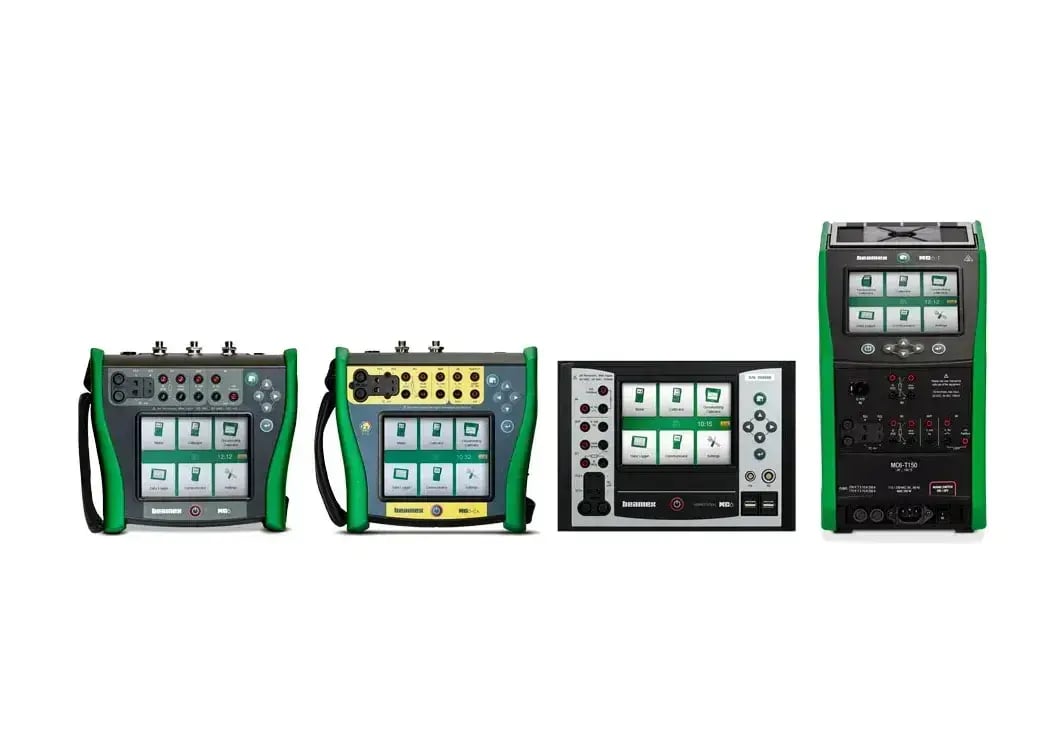
What our MC6 family customers say
Here's some comments from MC6 customers:
“Instead of carrying as many as 30 different pieces of equipment in the field, technicians now only need one – the Beamex MC6.”
— Jason DePalma, Supervisor of Engineering Services, Glatt Air Techniques, USA
“Using the Beamex MC6 has allowed us to reduce calibration time by half while improving accuracy and traceability.”
— Rick Campbell, Instrumentation Specialist, Lonza Biologics, USA
“The MC6 is very versatile and intuitive. It has replaced multiple devices we previously carried, and our technicians find it easy to use even in challenging environments.”
— Paul Schneider, Maintenance Supervisor, PBF Energy, USA
“We needed an intrinsically safe calibrator for our refinery, and the MC6-Ex has been perfect. It gives us everything we need for calibrations in hazardous areas.”
— Alex Taylor, Instrumentation Team Lead, Valero Energy, UK
“The MC6-T has transformed how we perform temperature calibrations on-site. We don’t have to carry separate dry blocks and indicators anymore.”
— Jens Hansen, Calibration Engineer, Novo Nordisk, Denmark
"I used to have so much calibration gear that I had to carry a cart in my truck just to haul it around the plant. Workers at the different plants gave me a hard time about it, saying it looked like I was pushing around a food cart. That all changed when I got my MC6. I went from a rolling cart to just a backpack to hold my gear and walk into the plant. My MC6, pressure pump, and laptop for my CMX calibration software all fit easily in the backpack."
— Antonio Vega, TNT Instrumentation Solutions
Want to discuss?
Contact our experts to talk about your calibration needs and learn how a Beamex MC6 multifunction calibrator could be the right fit for you.
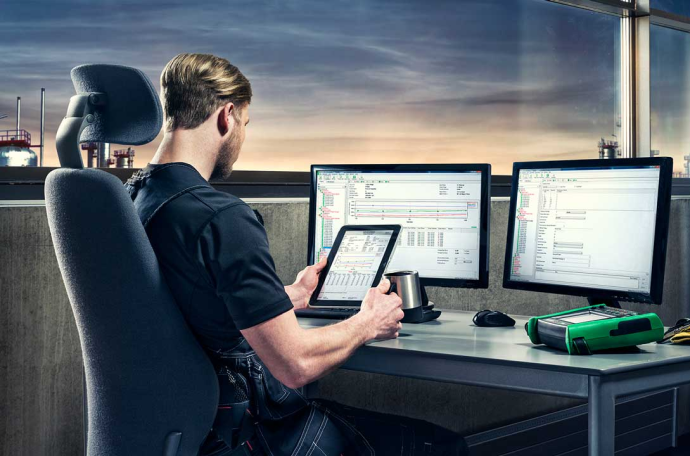
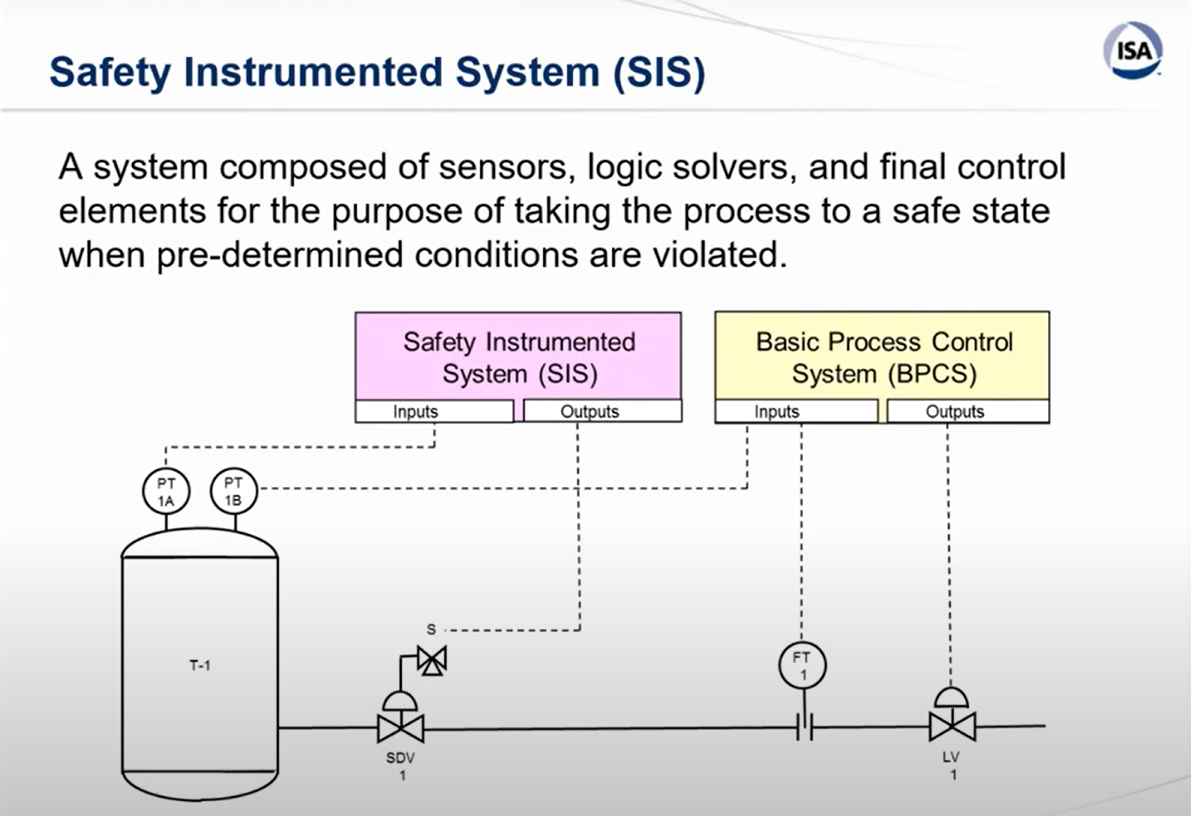

 “It’s surprising to see how often plants are built without thinking of those who would have to come afterwards and prove/calibrate. I’ve seen for example a pressure test port aiming right at a wall with no clearance to connect.” Says
“It’s surprising to see how often plants are built without thinking of those who would have to come afterwards and prove/calibrate. I’ve seen for example a pressure test port aiming right at a wall with no clearance to connect.” Says 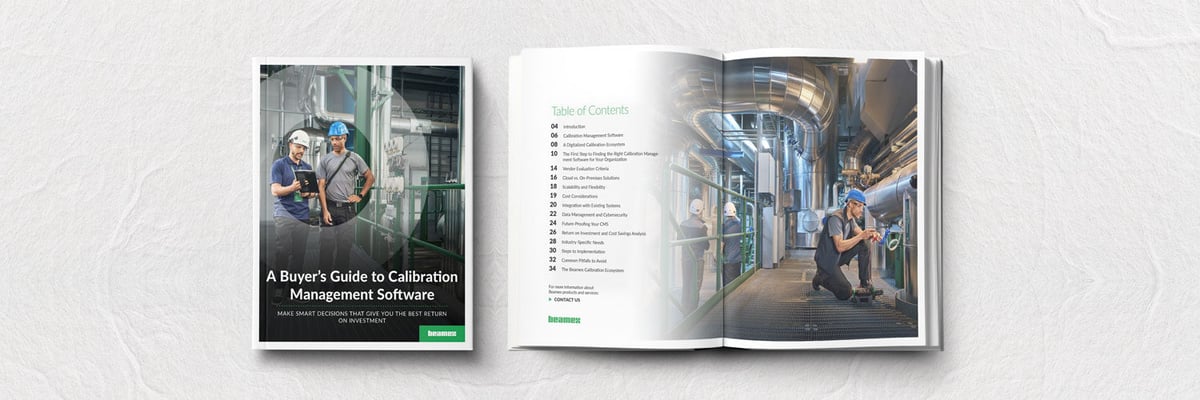
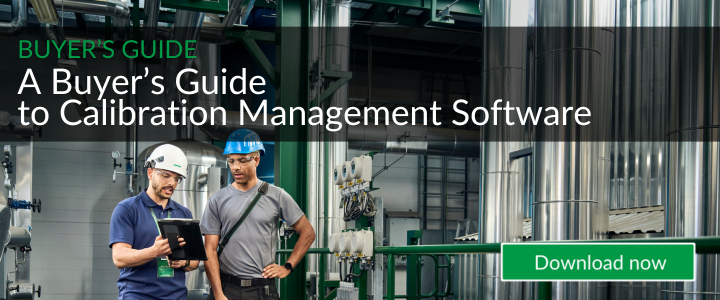
 In the world of calibration management, choosing the right deployment model for your software makes all the difference. Whether your organization opts for a cloud-based or on-premises solution can significantly impact your operational efficiency, costs, and ability to adapt to future challenges.
In the world of calibration management, choosing the right deployment model for your software makes all the difference. Whether your organization opts for a cloud-based or on-premises solution can significantly impact your operational efficiency, costs, and ability to adapt to future challenges..png?width=1200&name=MC-family%20(1).png)


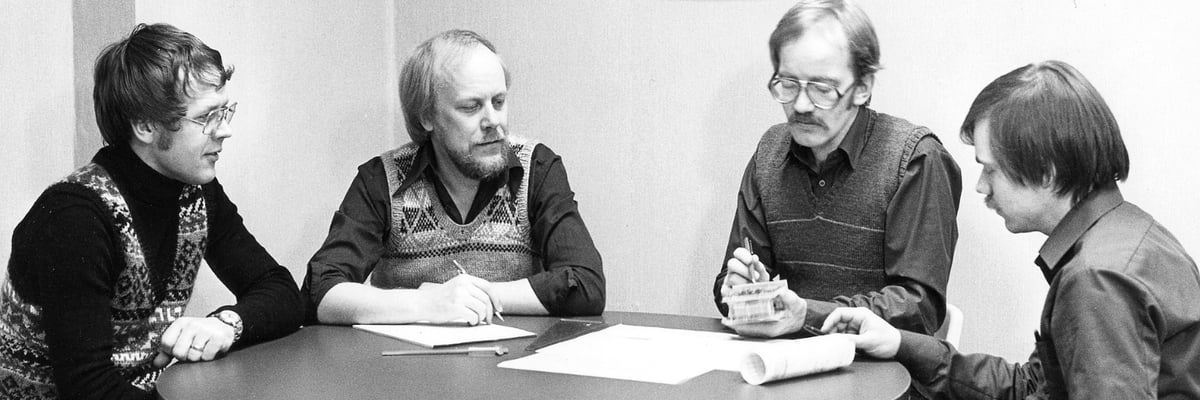

.png?width=1200&name=1998%20MC5%20(2).png)
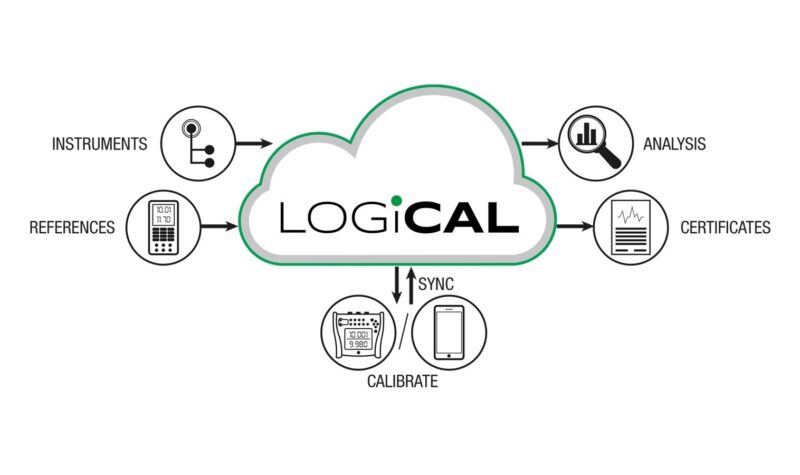
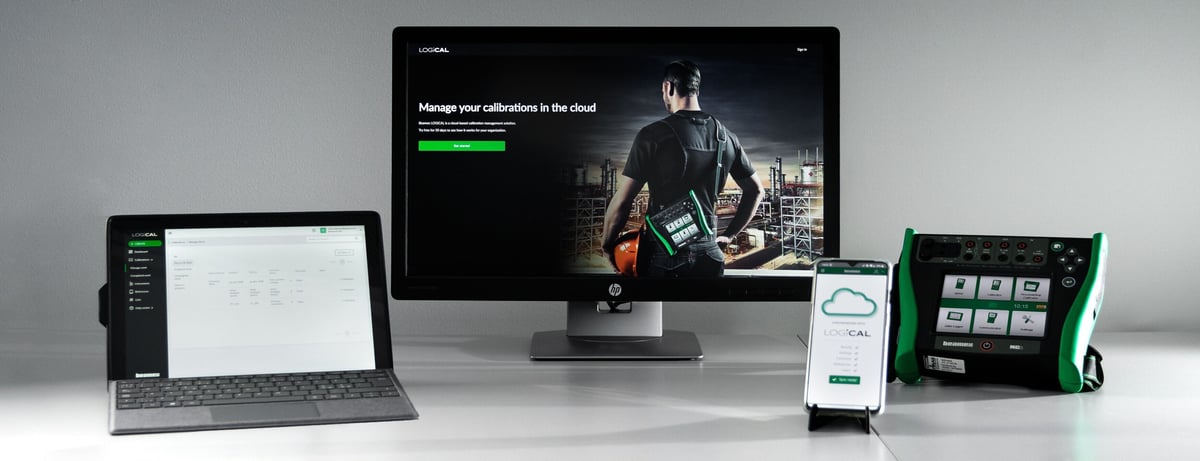

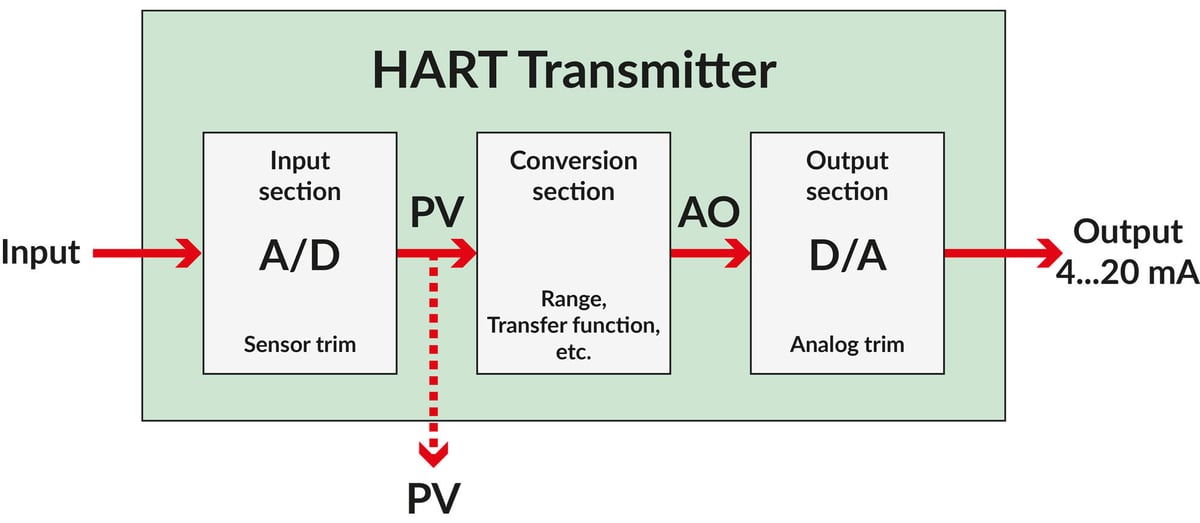

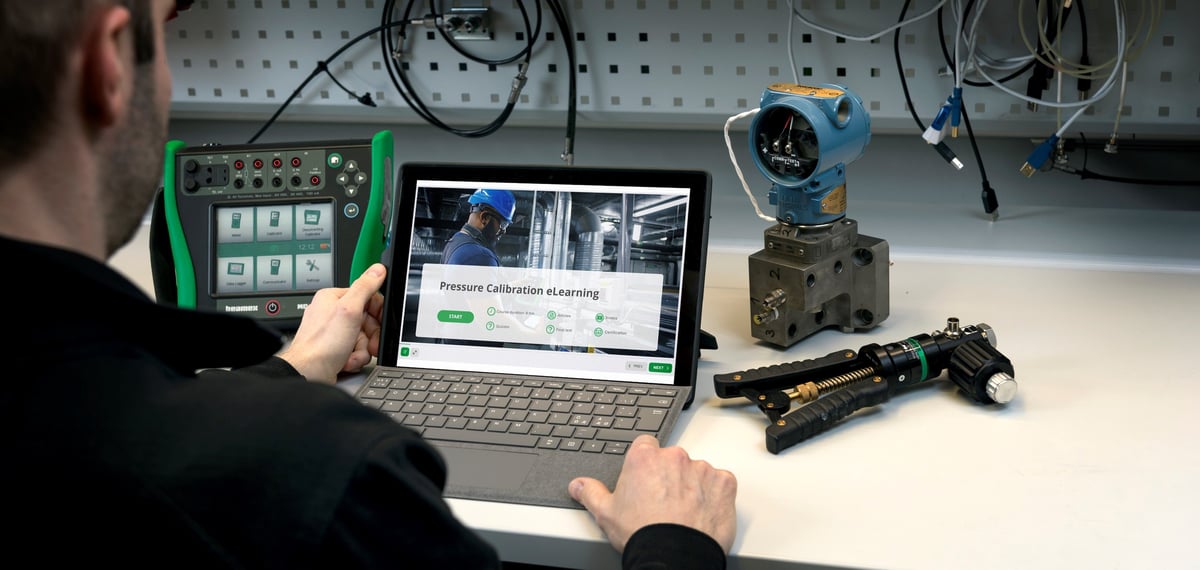
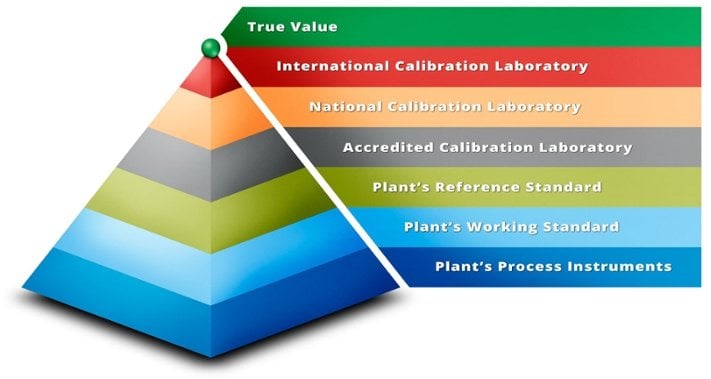



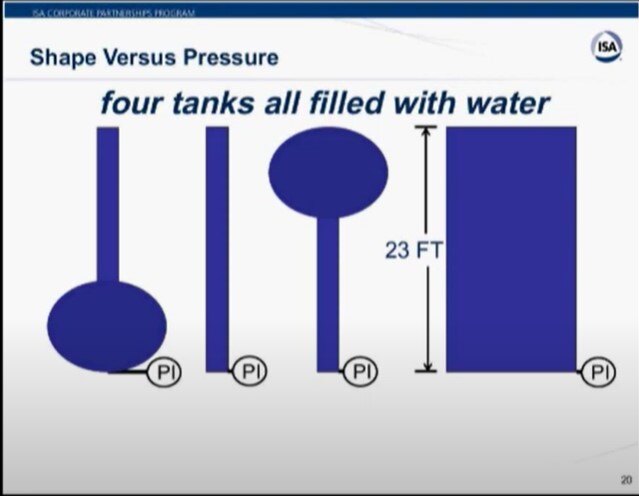

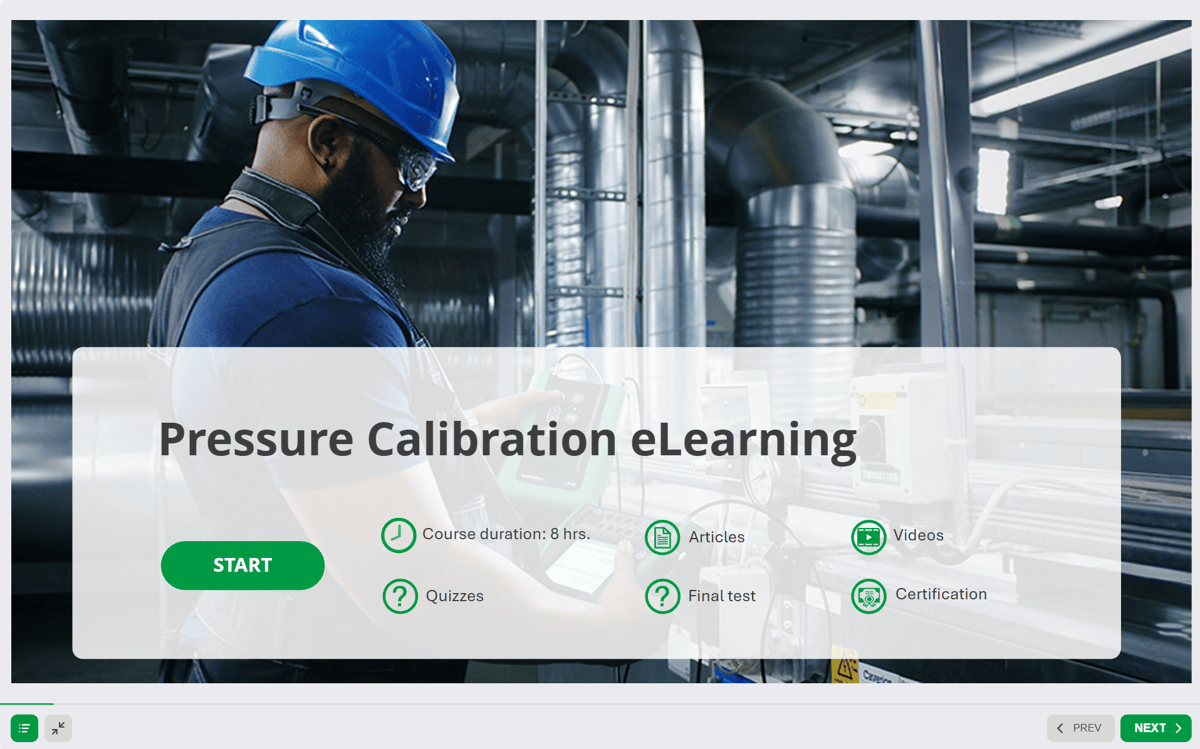
 At Beamex, we have a comprehensive range of solutions for
At Beamex, we have a comprehensive range of solutions for.png?width=1200&name=Blog%20size%20Customer%20service%20v2%20(1).png)

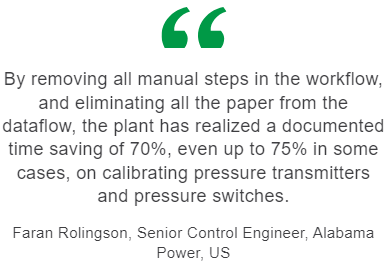





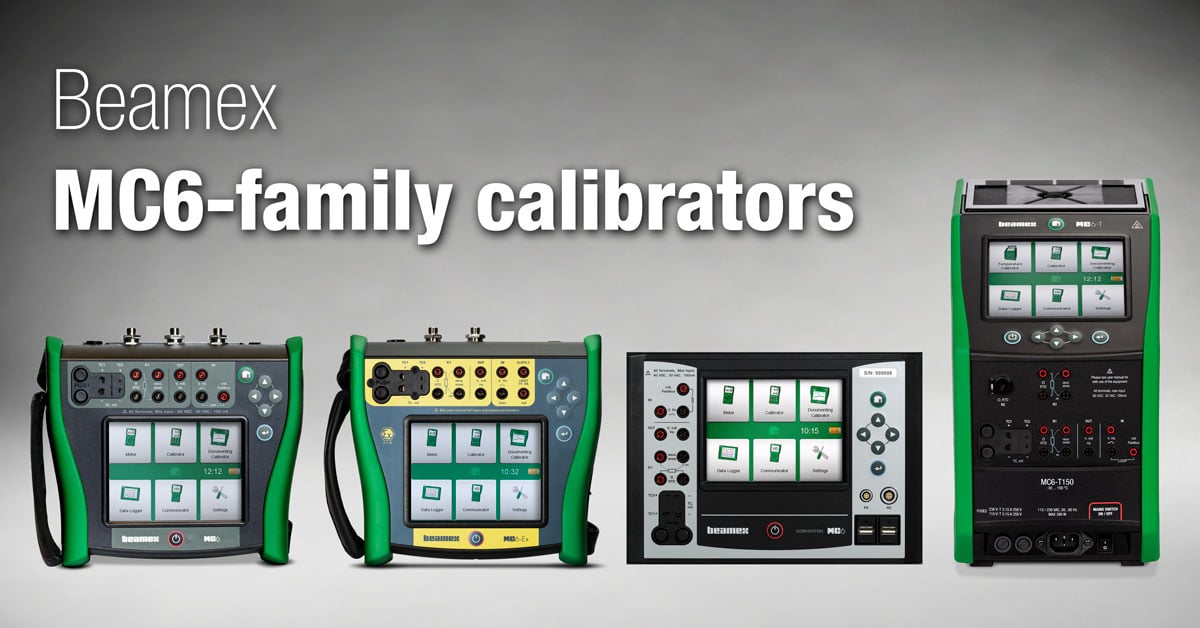

.png?width=1200&name=Blog%20size%20Customer%20service%20v2%20(2).png)
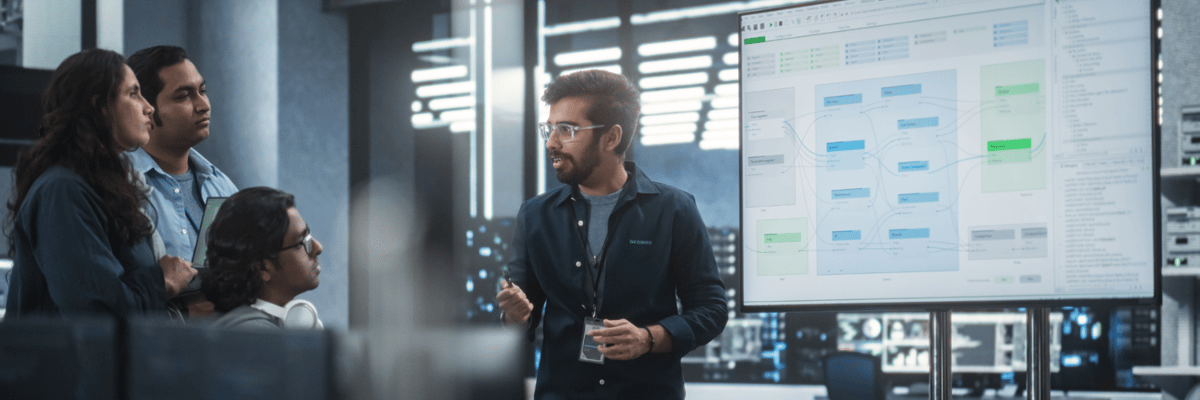

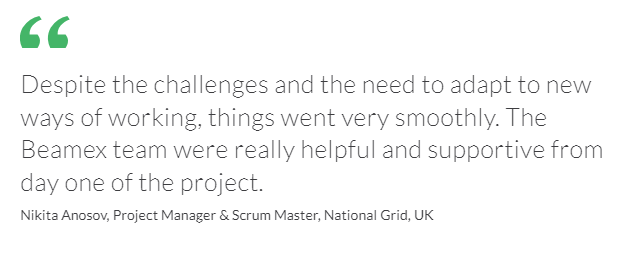
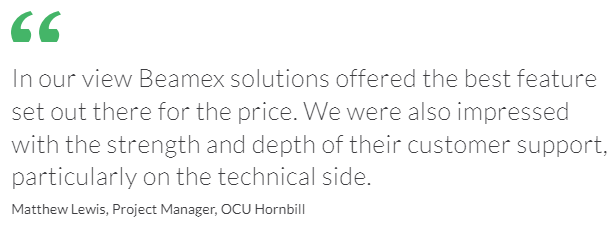

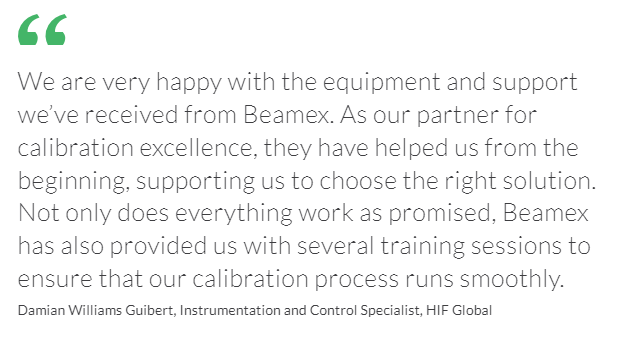

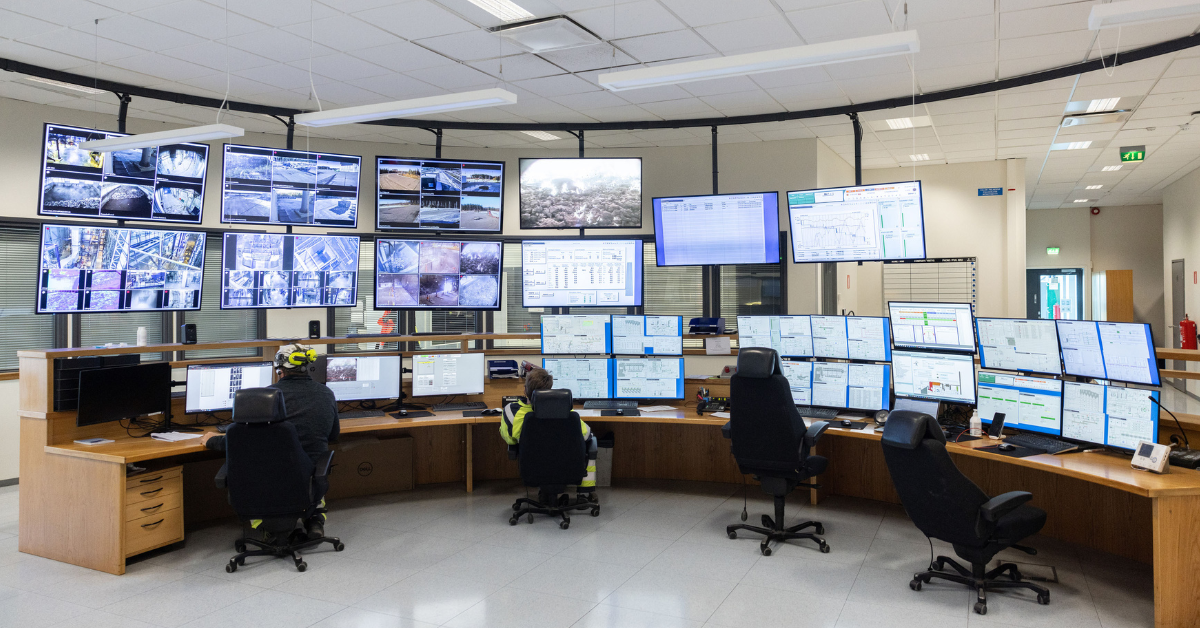


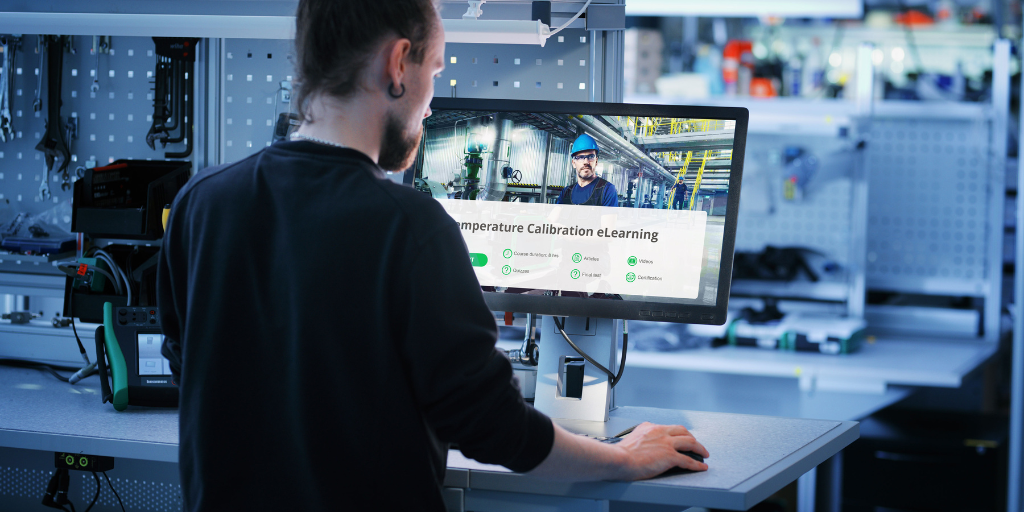

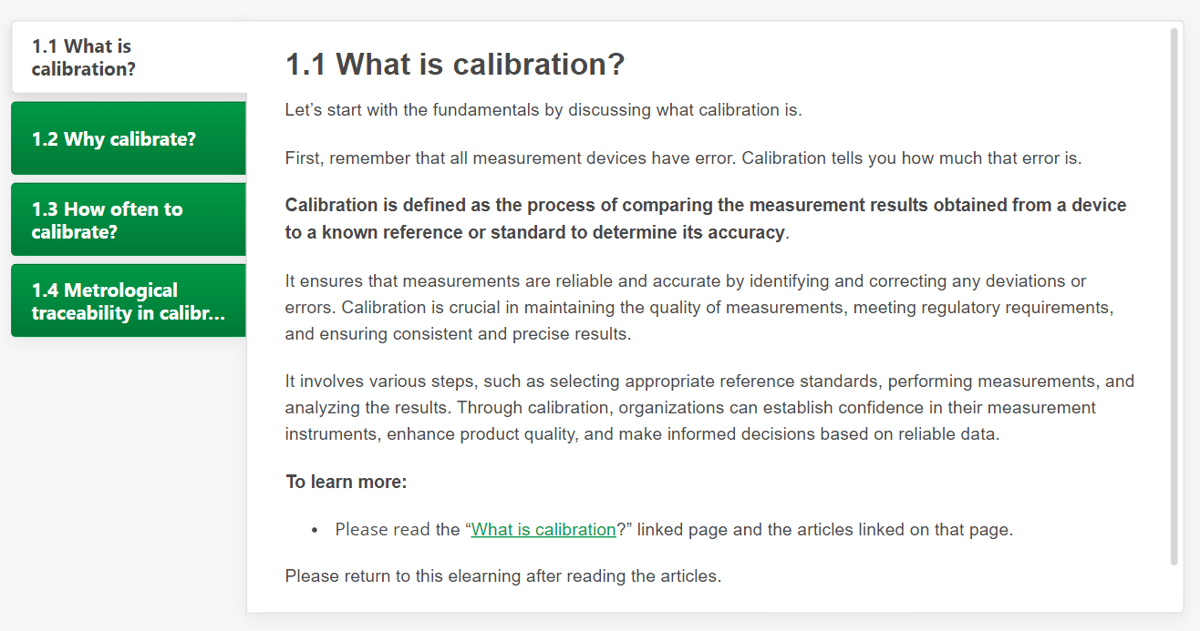
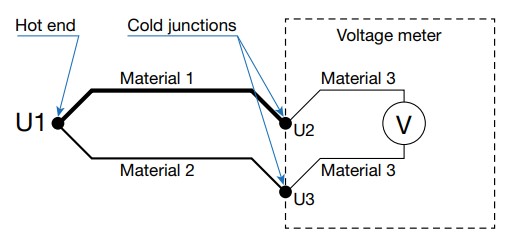 Simplified illustration of thermocouple cold junction.
Simplified illustration of thermocouple cold junction. Sanitary temperature sensor calibration
Sanitary temperature sensor calibration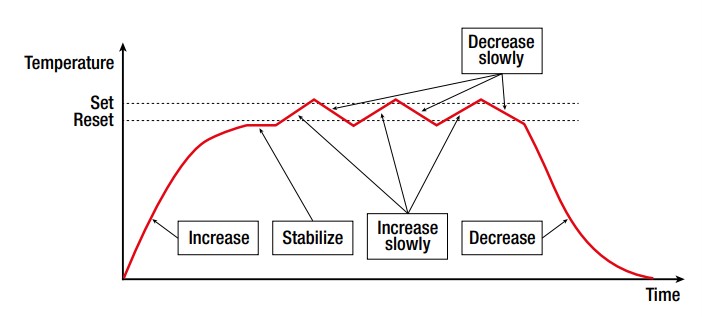 Temperature slope in temperature switch calibration.
Temperature slope in temperature switch calibration. Calibration uncertainty
Calibration uncertainty Webinar: How to calibrate temperature instruments.
Webinar: How to calibrate temperature instruments.
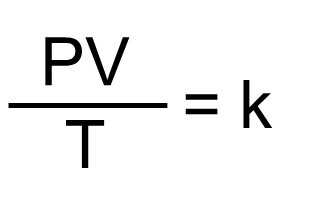
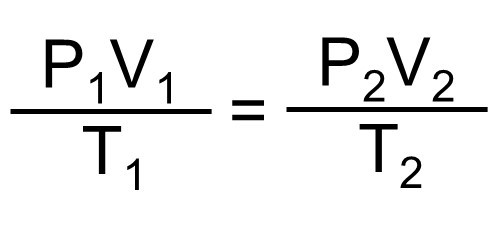 We can think of this formula as representing our normal pressure calibration system, having a closed, fixed volume. The two sides of the above formula represents two different stages in our system – one with a lower pressure and the second one with a higher pressure. For example, the left side (1) can be our system with no pressure, and the right side (2) the same system with high pressure applied.
We can think of this formula as representing our normal pressure calibration system, having a closed, fixed volume. The two sides of the above formula represents two different stages in our system – one with a lower pressure and the second one with a higher pressure. For example, the left side (1) can be our system with no pressure, and the right side (2) the same system with high pressure applied.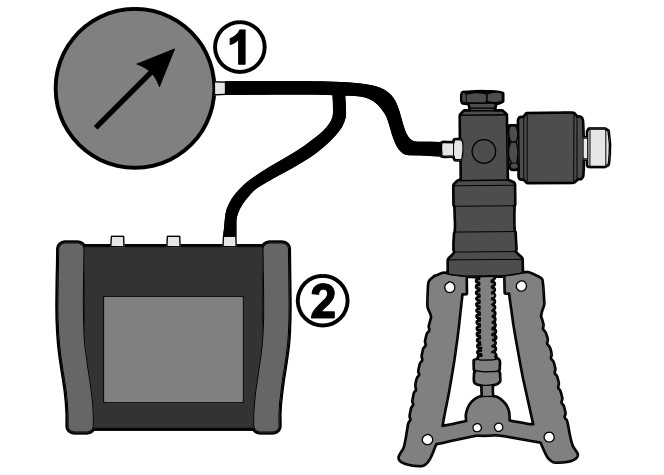
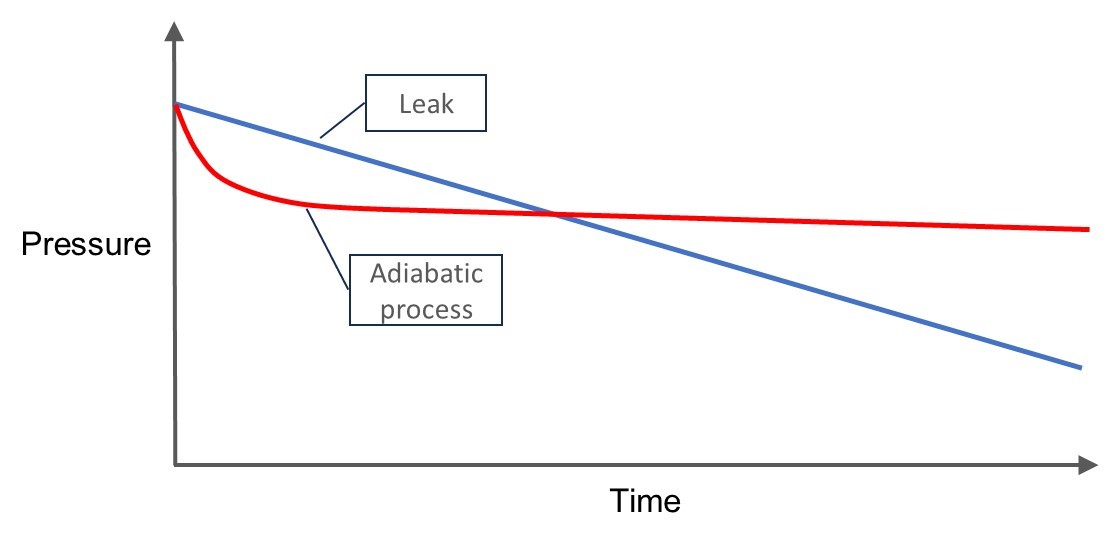 In the above image you can see how the pressure drop caused by the adiabatic process is first fast, but then slows down and eventually stabilizes (red line). While the pressure drop caused by a leak is linear (blue line).
In the above image you can see how the pressure drop caused by the adiabatic process is first fast, but then slows down and eventually stabilizes (red line). While the pressure drop caused by a leak is linear (blue line). 





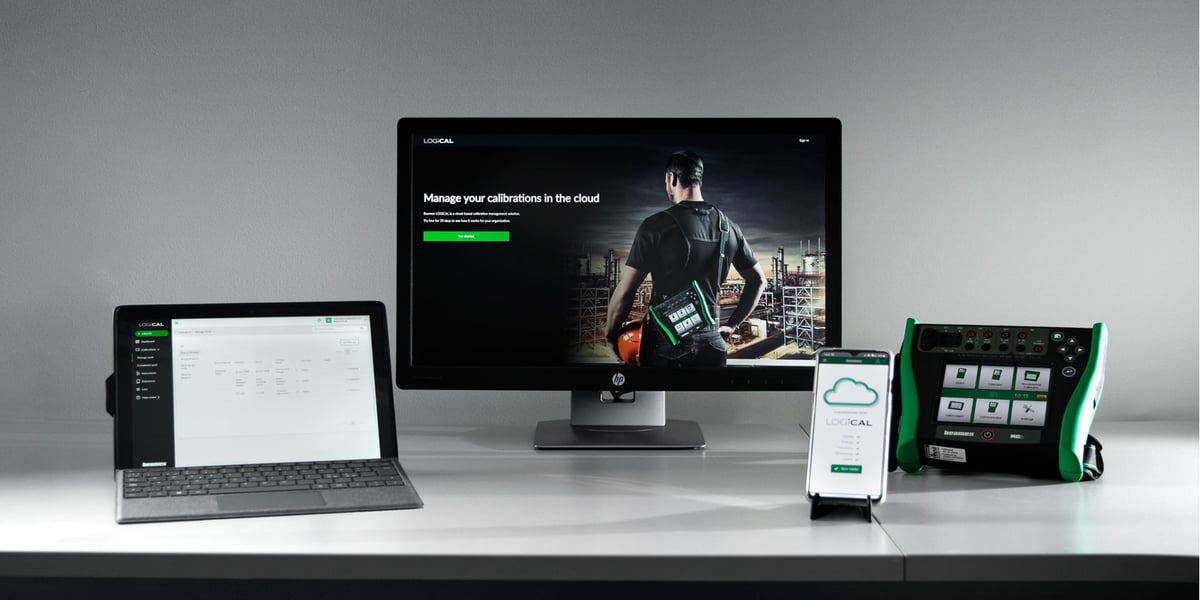
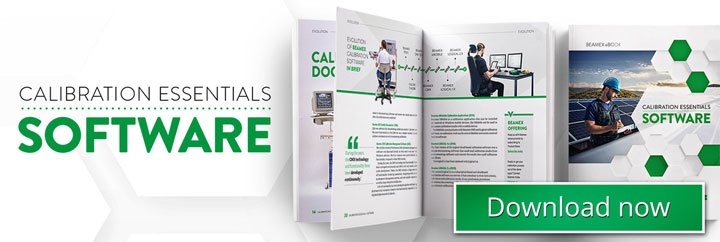


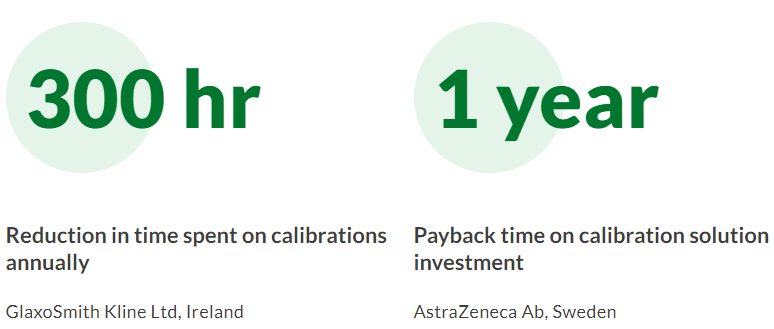




 "With this software integration project, we were able to realize a significant return on investment during the first unit overhaul. It’s unusual, since ROI on software projects is usually nonexistent at first."
"With this software integration project, we were able to realize a significant return on investment during the first unit overhaul. It’s unusual, since ROI on software projects is usually nonexistent at first."


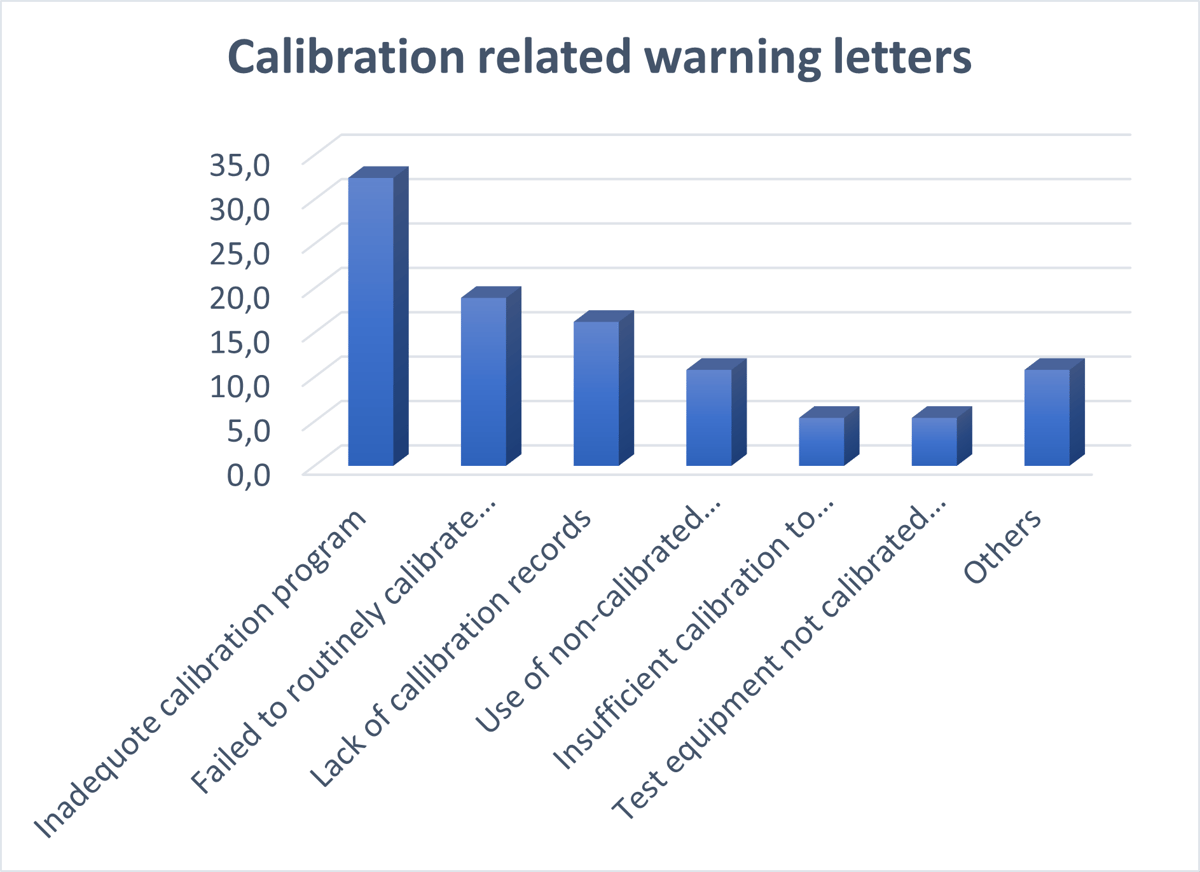

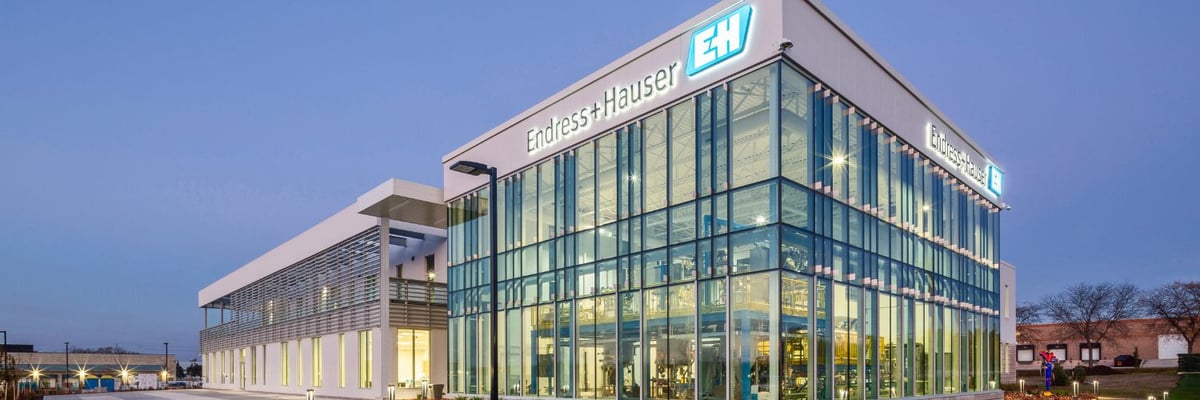

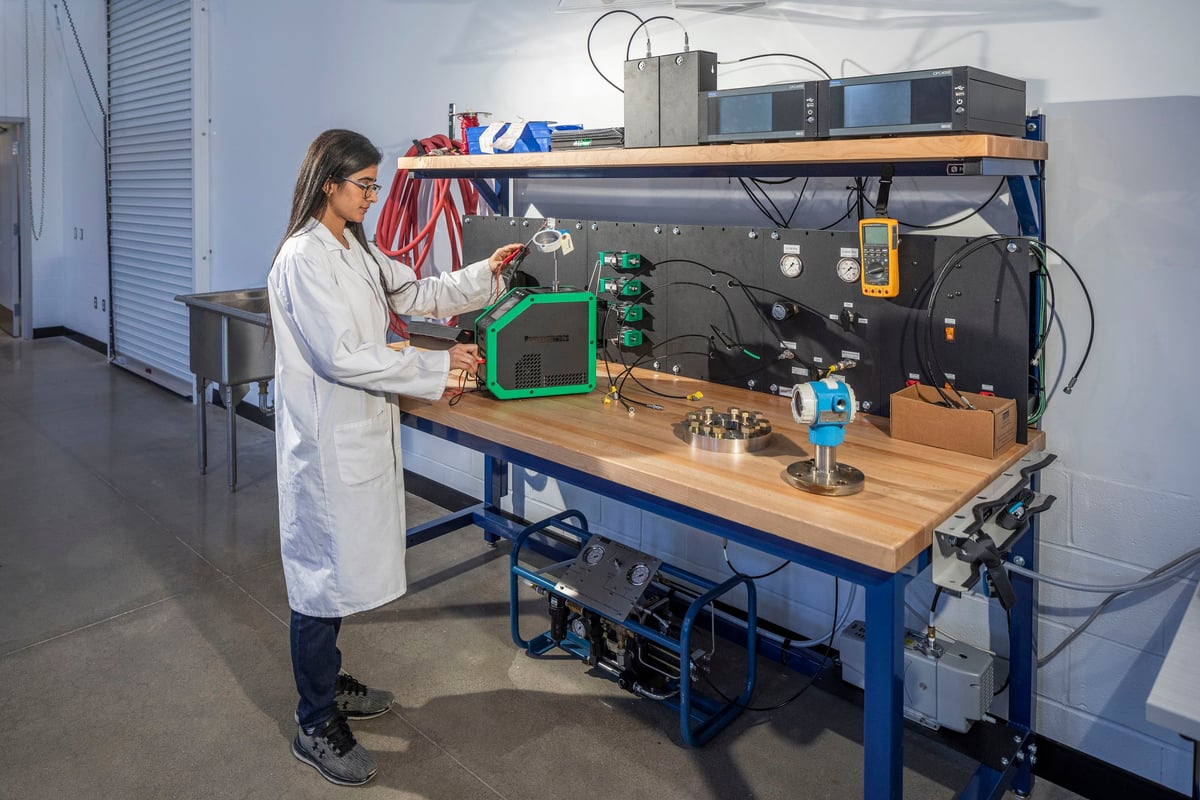

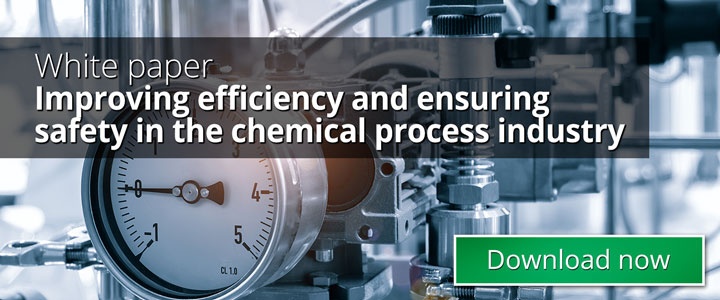











 The Beamex solution has not been a hard sell at the compression station sites. “Beamex was very proactive in organizing online training for our teams, but the uptake was less than we expected because they are so easy to use that instead of asking basic questions during the training, our technicians were teaching themselves and quizzing the Beamex team on some fairly in-depth issues instead,” James Jepson says.
The Beamex solution has not been a hard sell at the compression station sites. “Beamex was very proactive in organizing online training for our teams, but the uptake was less than we expected because they are so easy to use that instead of asking basic questions during the training, our technicians were teaching themselves and quizzing the Beamex team on some fairly in-depth issues instead,” James Jepson says.










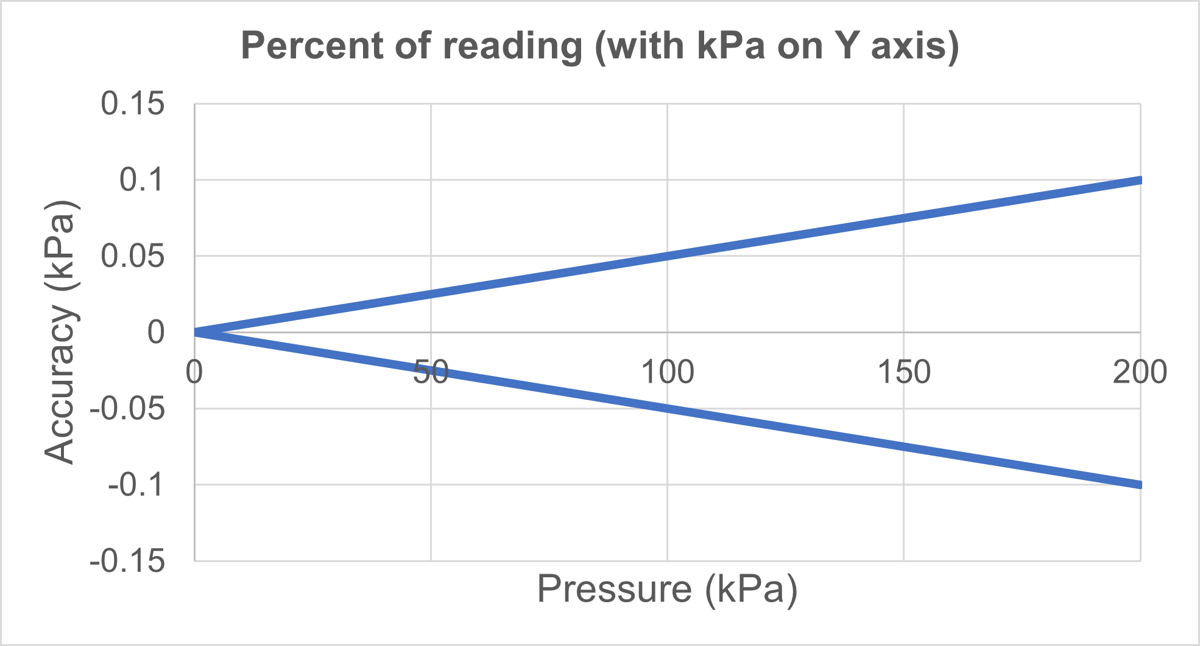

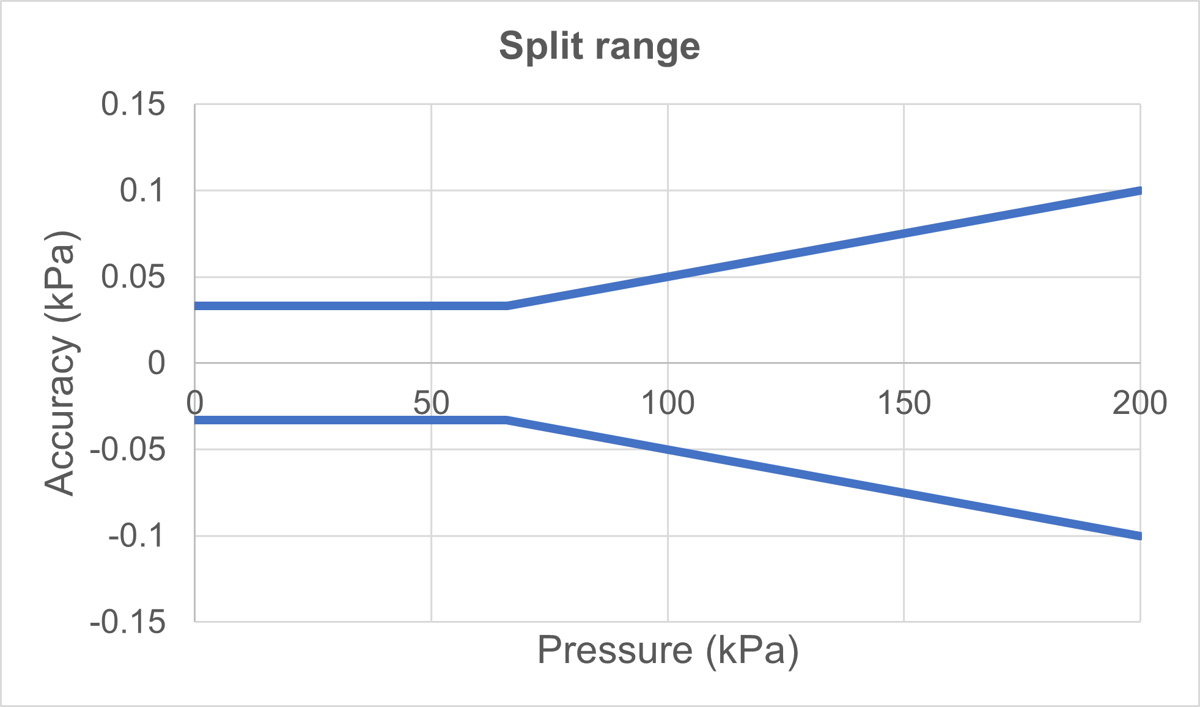
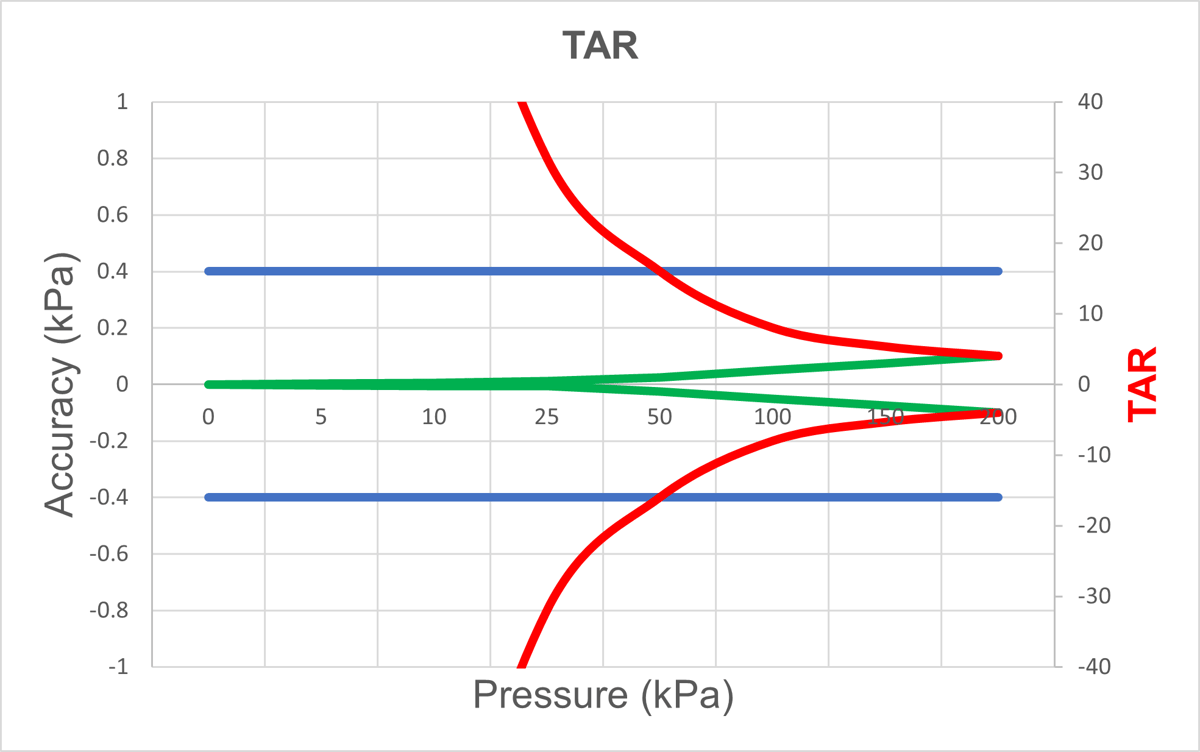

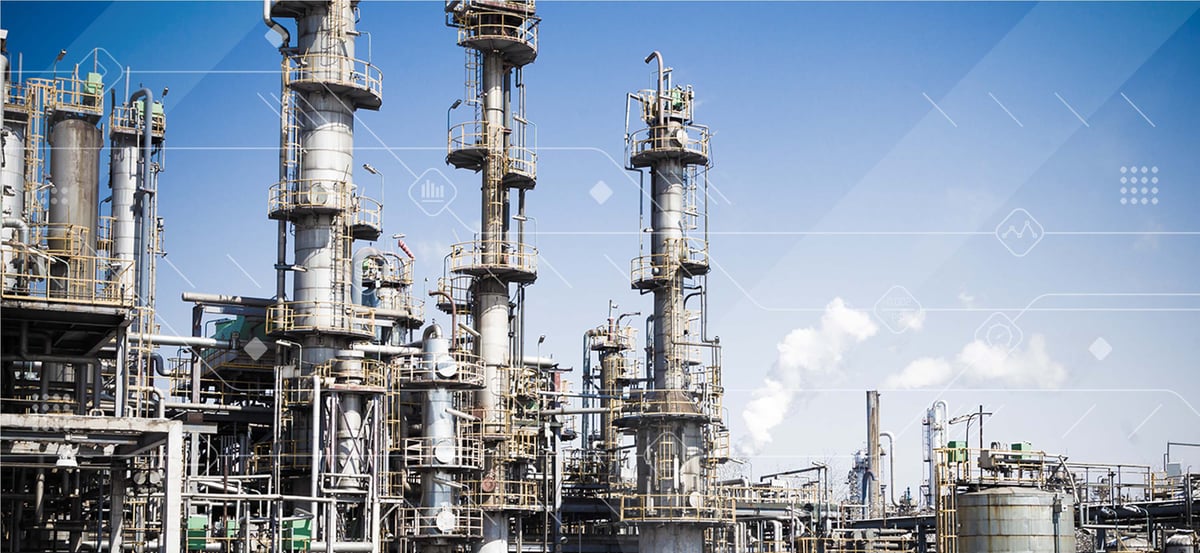
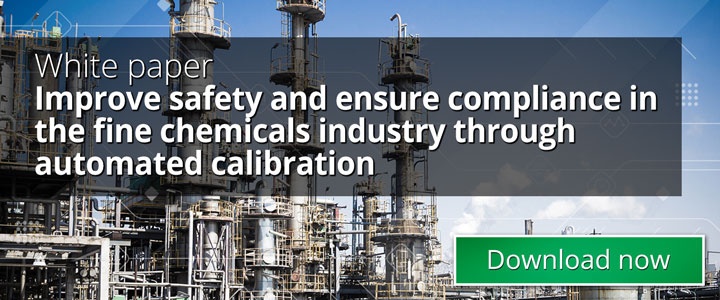
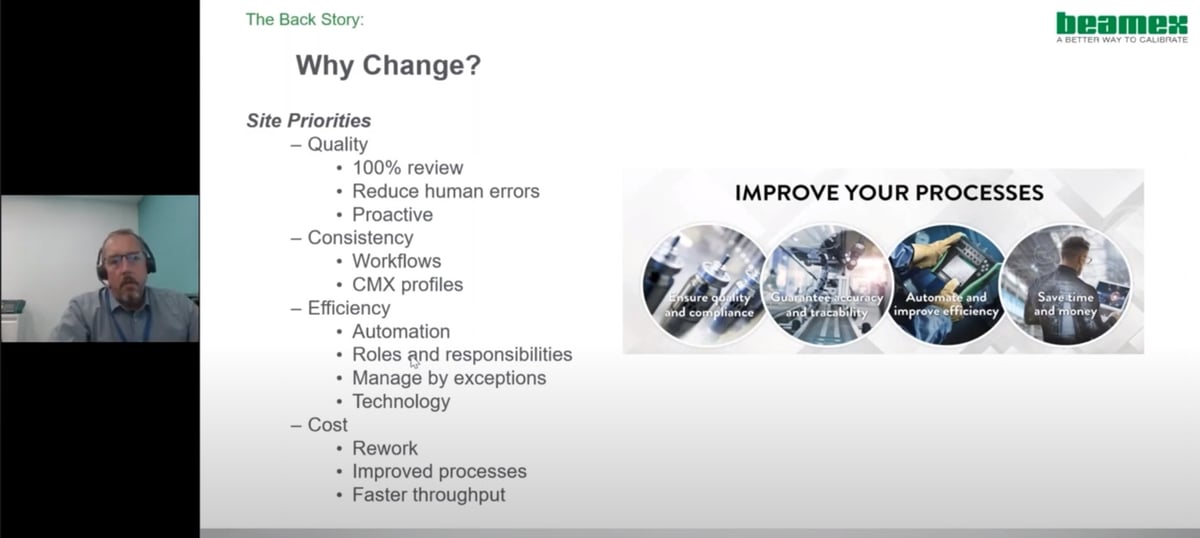

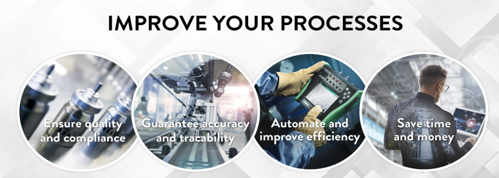
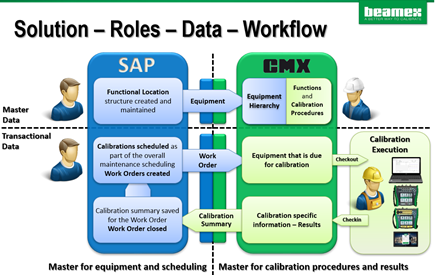


.png?width=1200&name=Calibration%20Software%20(1).png)
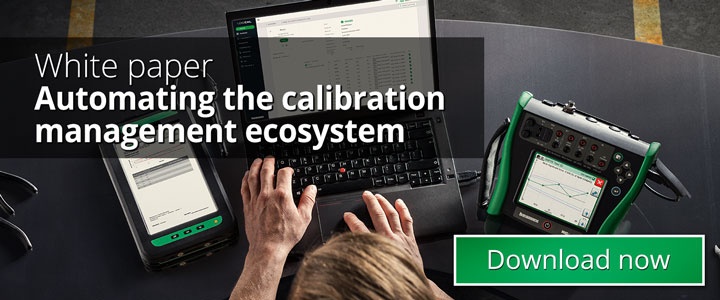
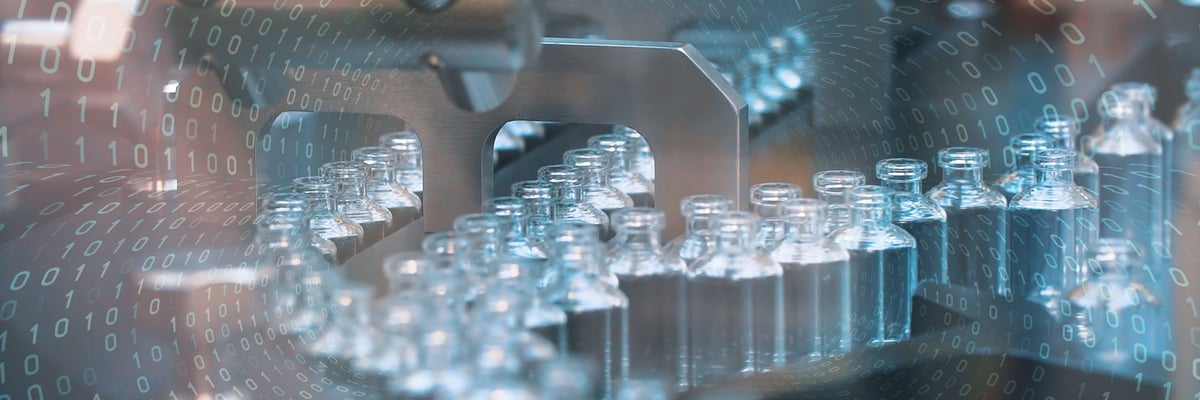






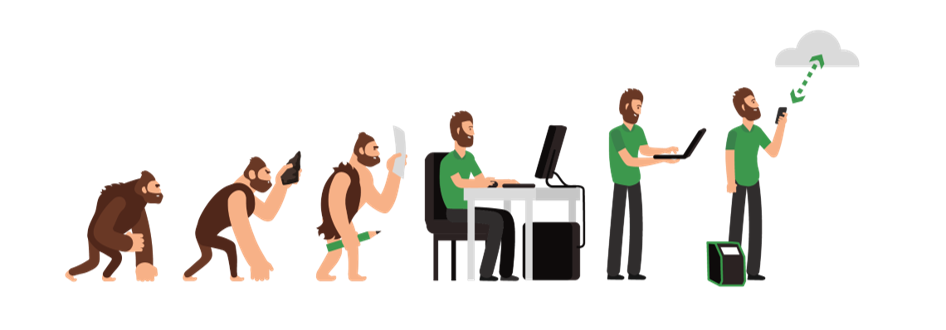
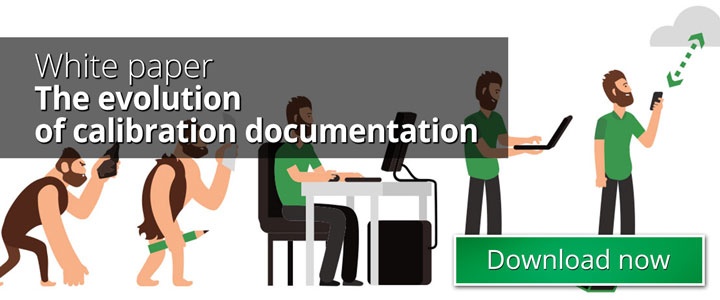
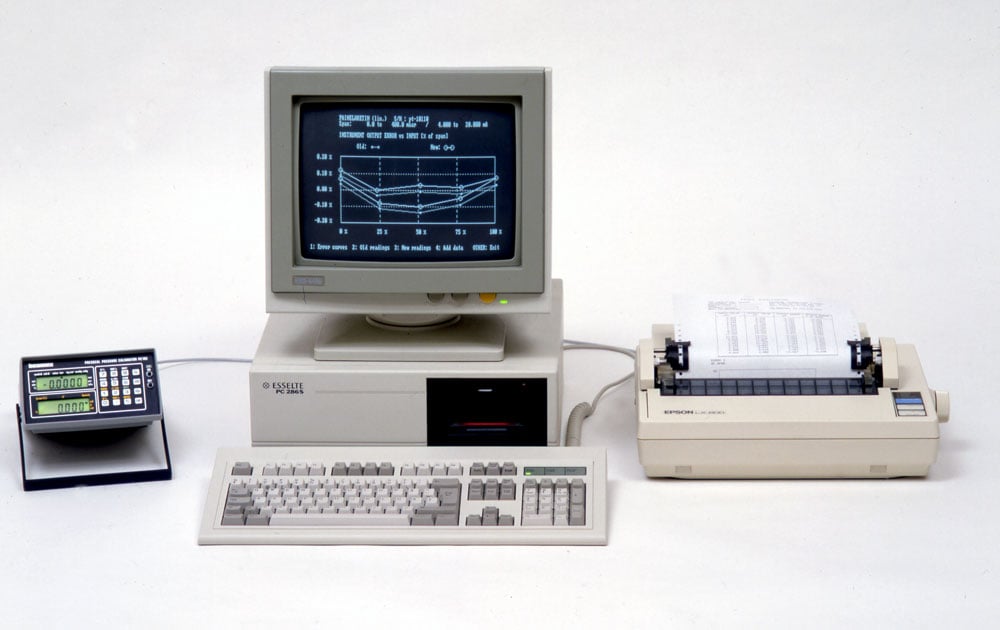
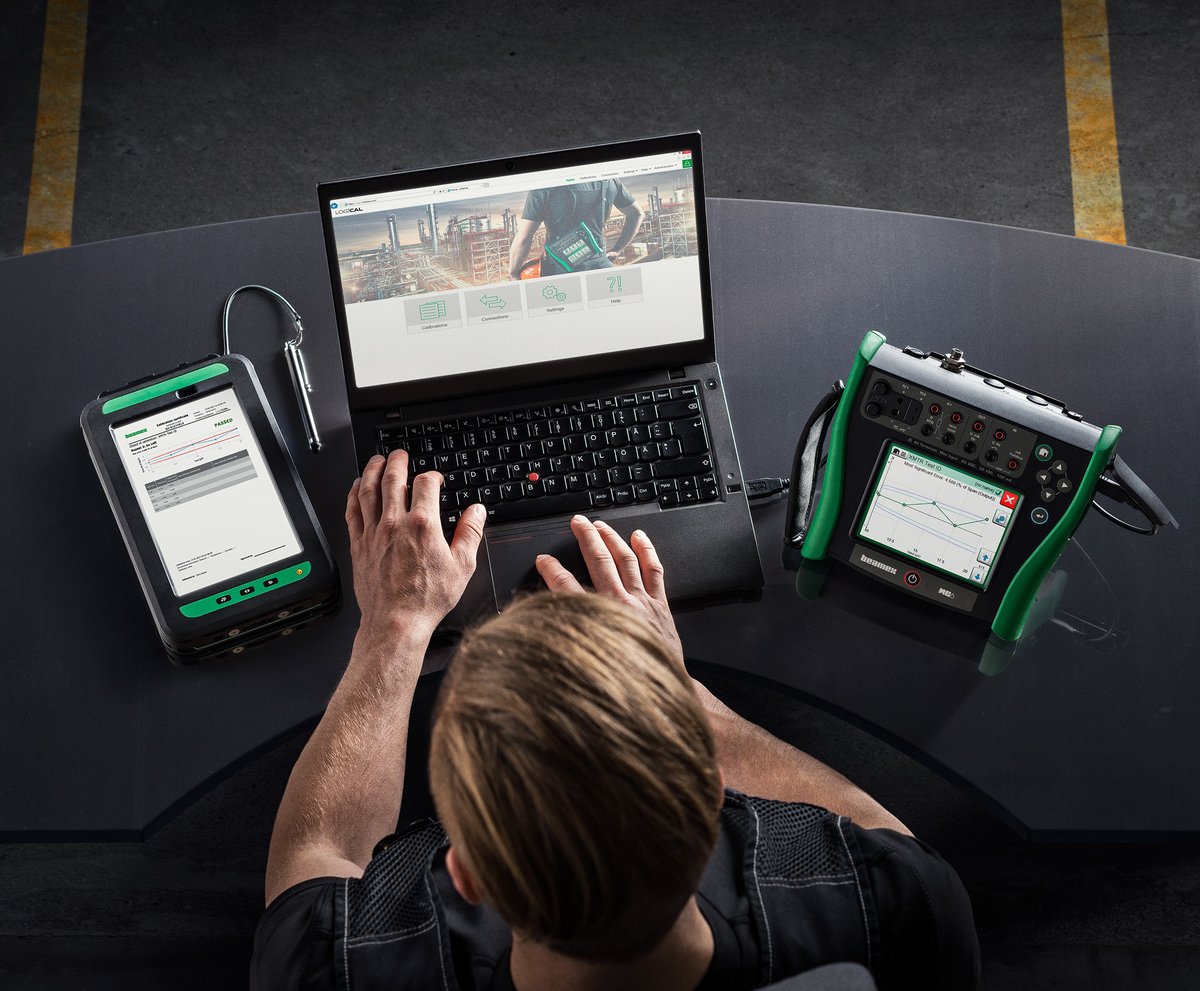


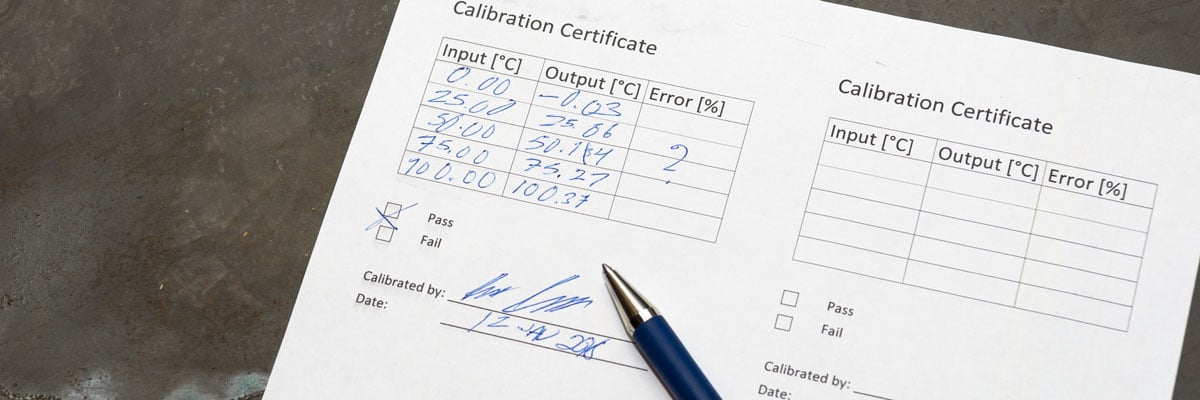









.png?width=1200&name=Black%20and%20Grey%20Bordered%20Travel%20Influencer%20YouTube%20Thumbnail%20Set%20(1).png)

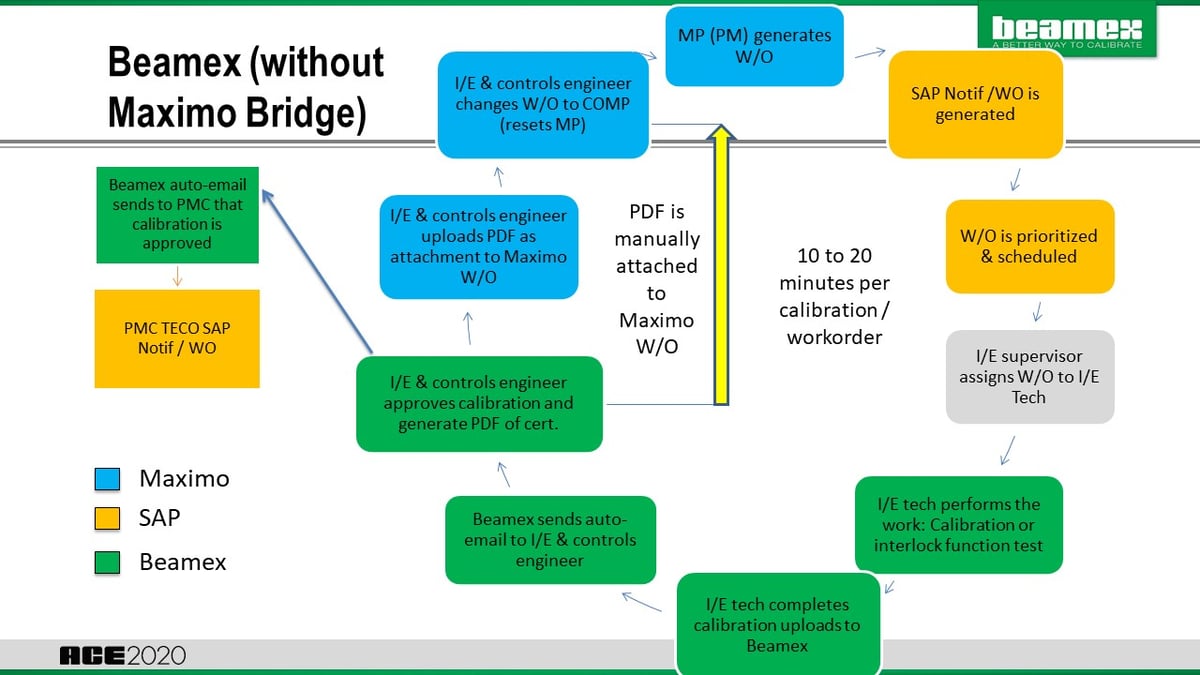













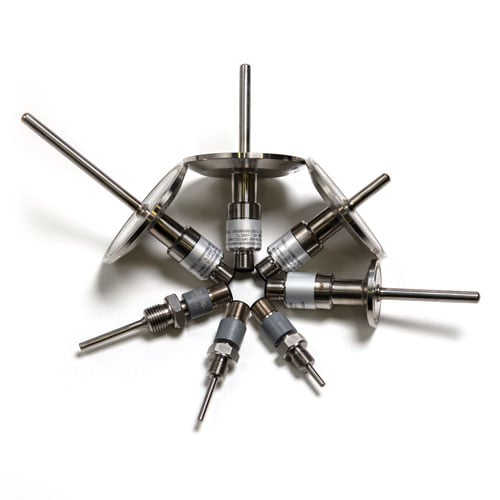
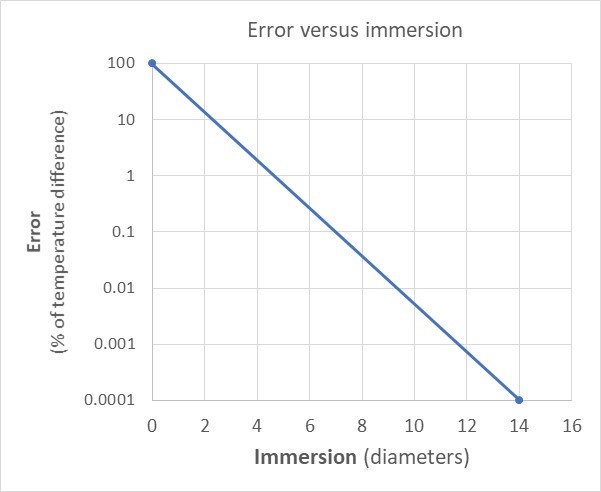
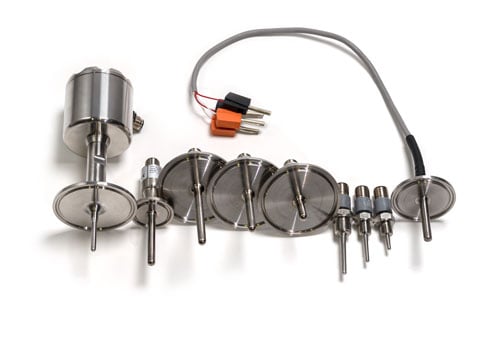

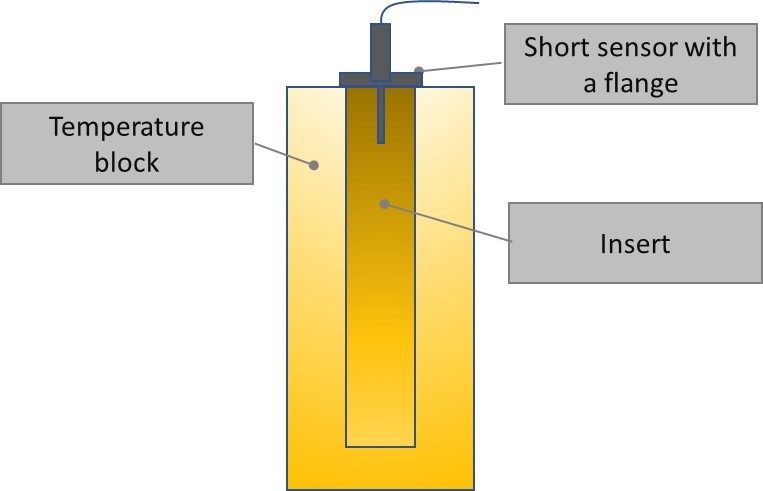


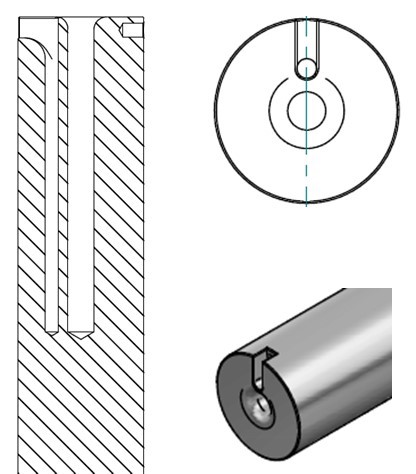
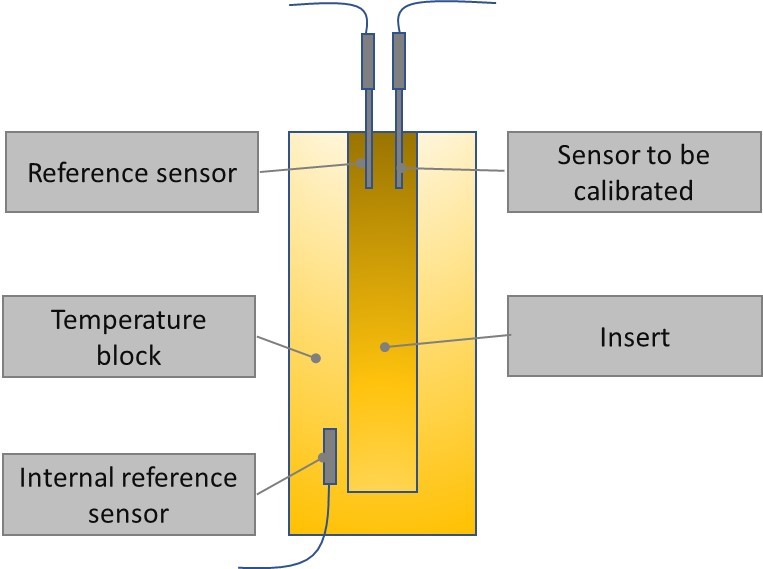

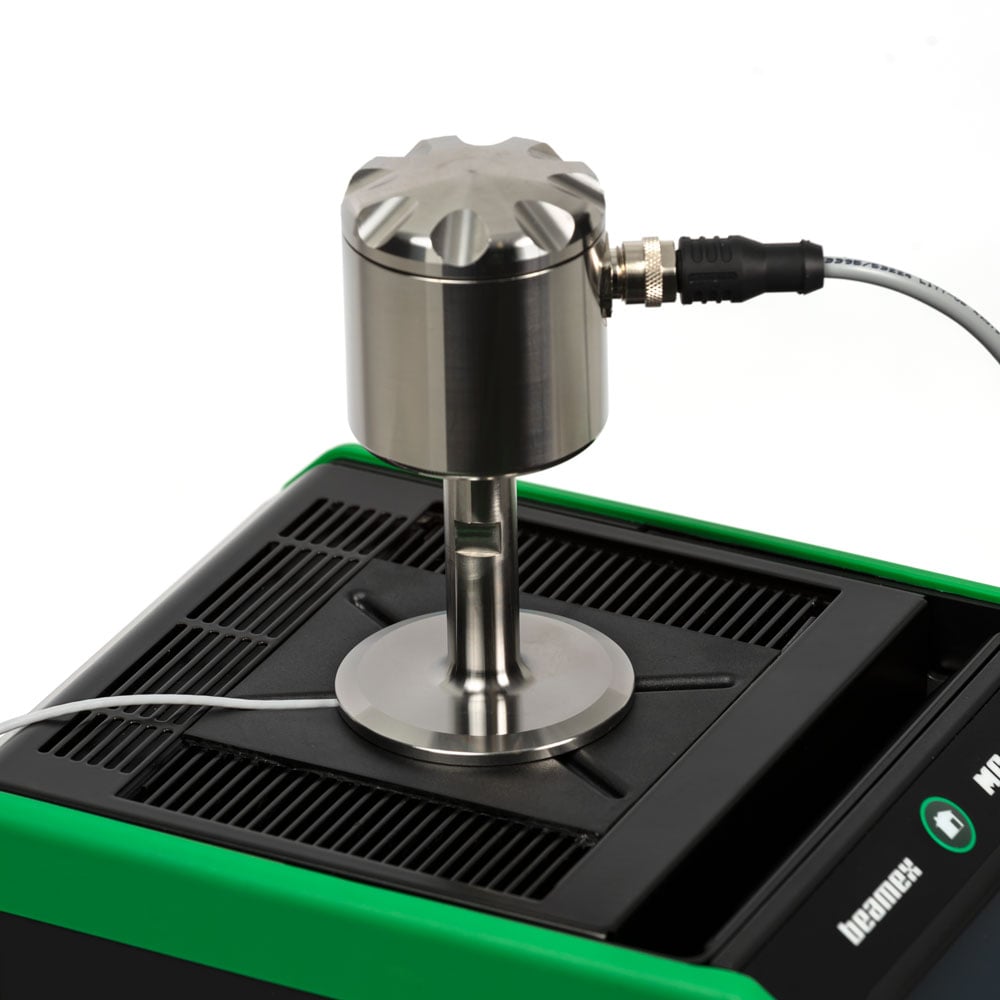
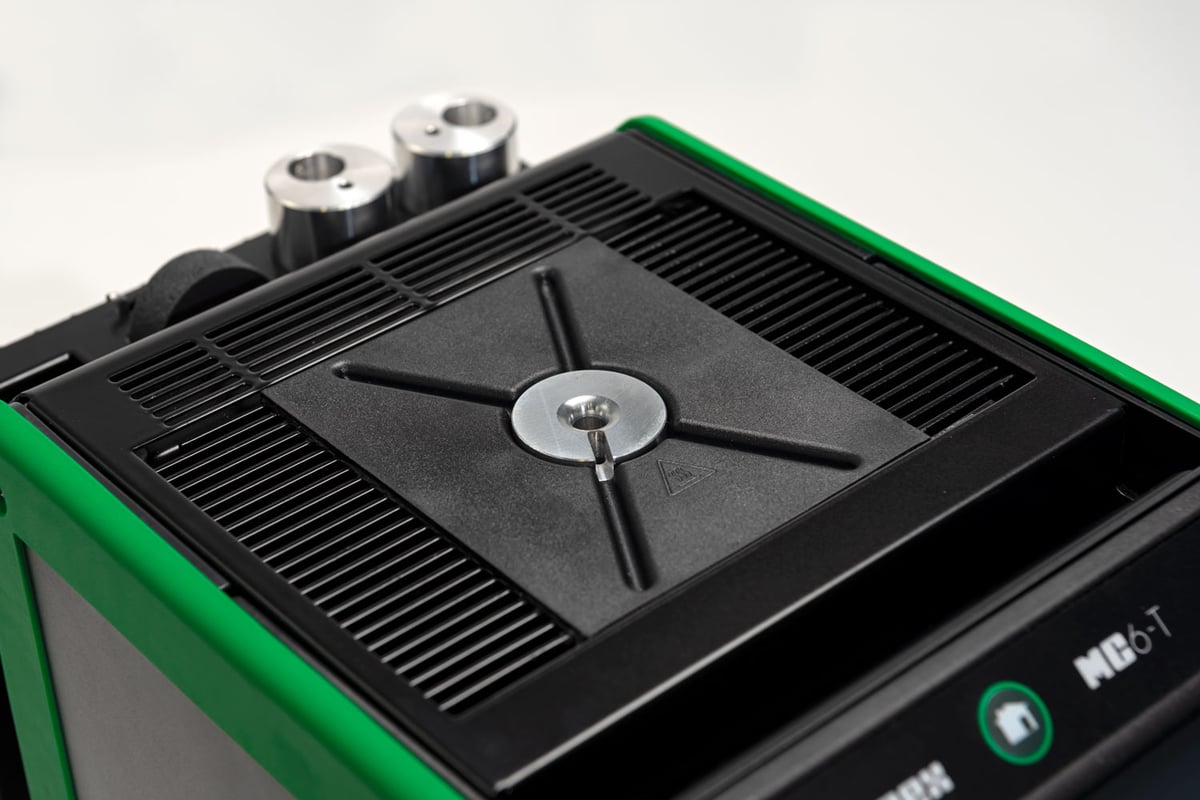
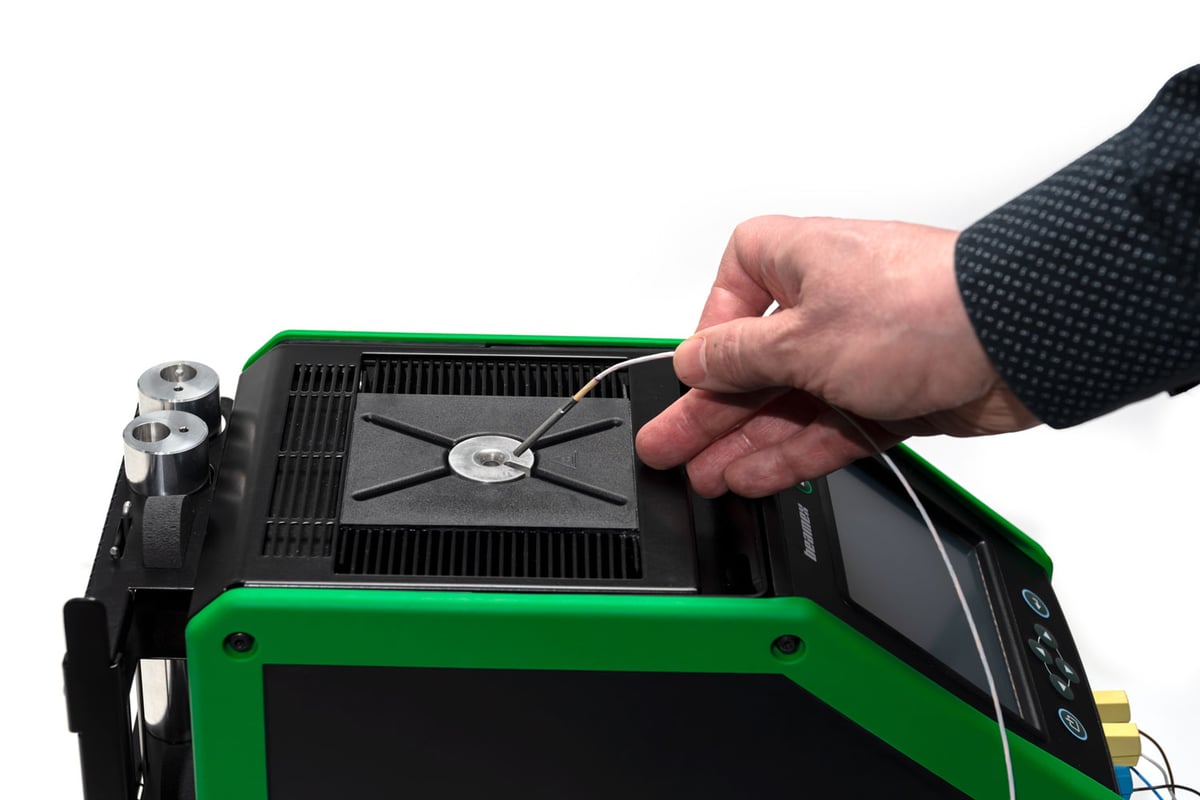
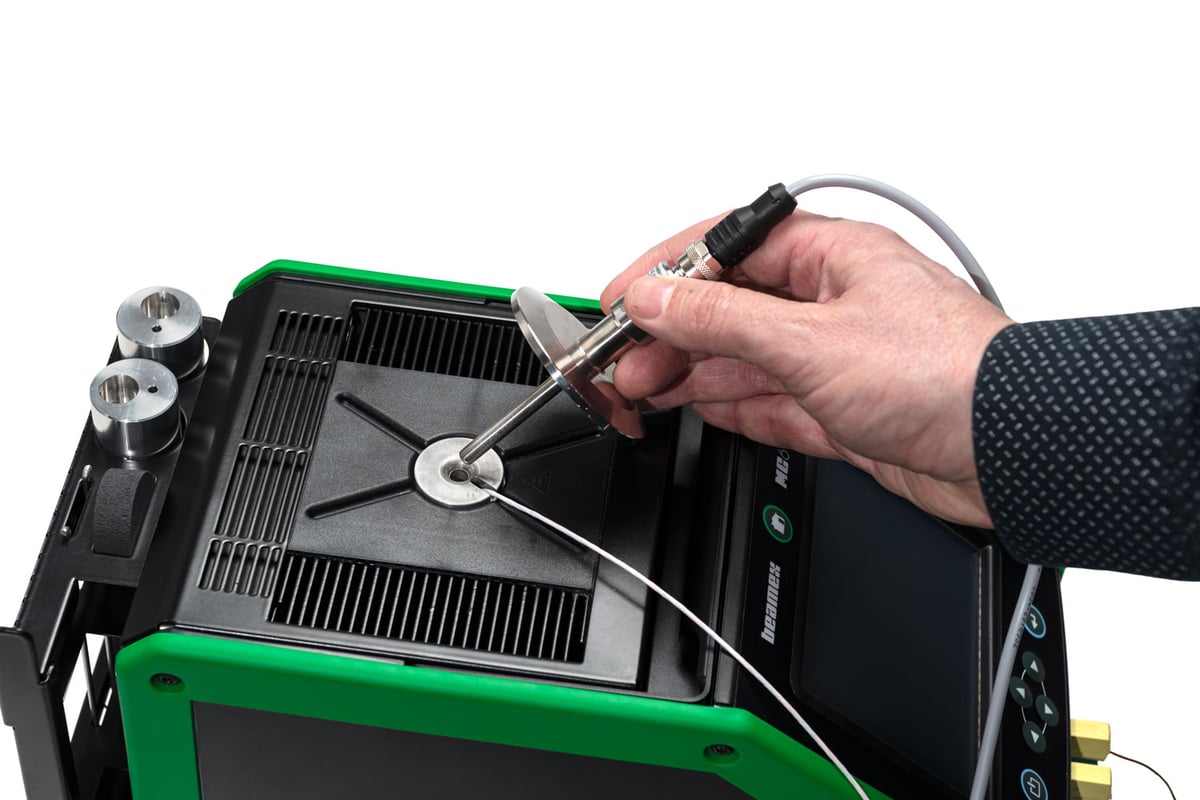

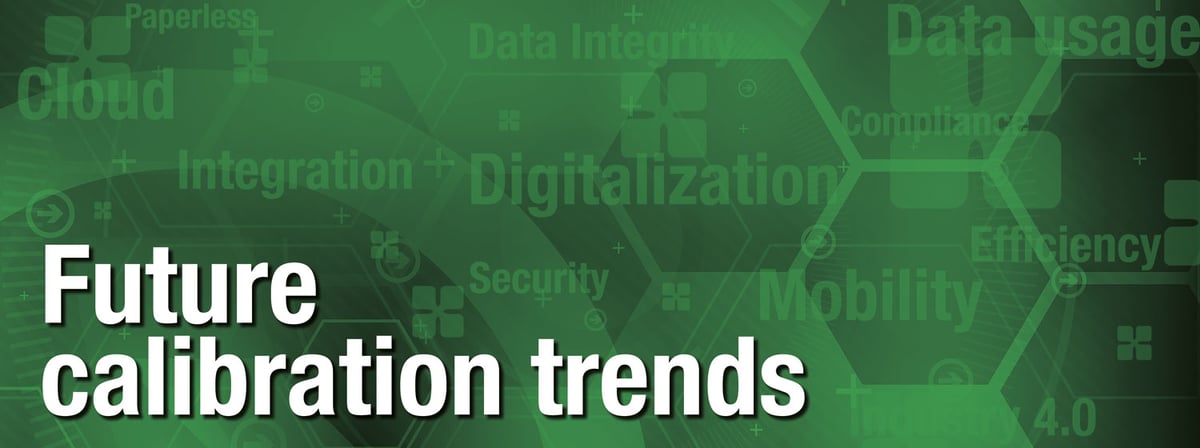





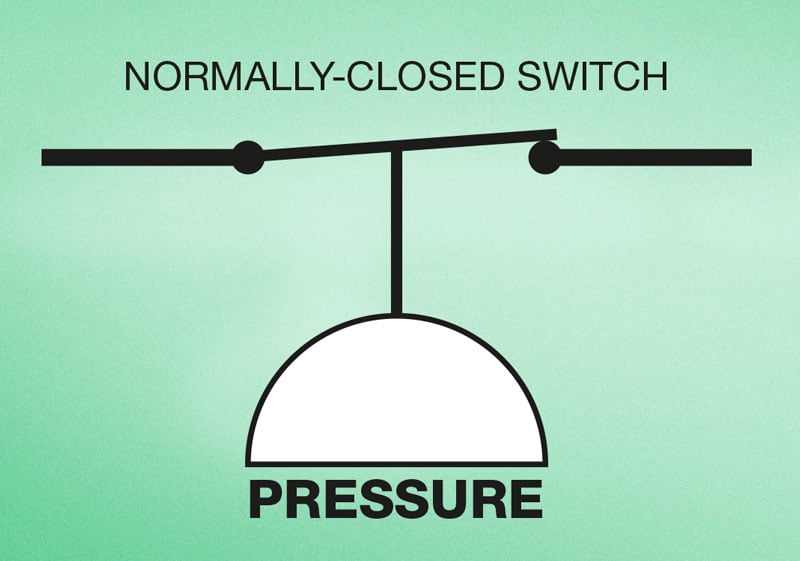


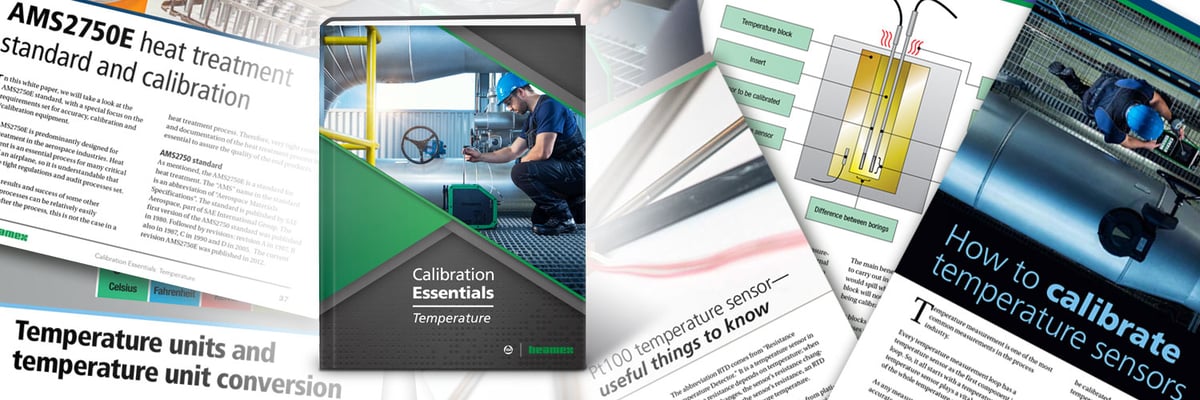


 In this article, we will be covering the different uncertainty components that you should consider when you make a temperature calibration using a temperature dry block.
In this article, we will be covering the different uncertainty components that you should consider when you make a temperature calibration using a temperature dry block. Pt100 temperature sensors are very common sensors in the process industry. This article discusses many useful and practical things to know about the Pt100 sensors. There’s information on RTD and PRT sensors, different Pt100 mechanical structures, temperature-resistance relationship, temperature coefficients, accuracy classes and on many more.
Pt100 temperature sensors are very common sensors in the process industry. This article discusses many useful and practical things to know about the Pt100 sensors. There’s information on RTD and PRT sensors, different Pt100 mechanical structures, temperature-resistance relationship, temperature coefficients, accuracy classes and on many more. Even people who work a lot with thermocouples don’t always realize how the thermocouples, and especially the cold (reference) junction, works and therefore they can make errors in measurement and calibration.
Even people who work a lot with thermocouples don’t always realize how the thermocouples, and especially the cold (reference) junction, works and therefore they can make errors in measurement and calibration. This article discusses temperature, temperature scales, temperature units and temperature unit conversions. Let’s first take a short look at what temperature really is, then look at some of the most common temperature units and finally the conversions between them.
This article discusses temperature, temperature scales, temperature units and temperature unit conversions. Let’s first take a short look at what temperature really is, then look at some of the most common temperature units and finally the conversions between them.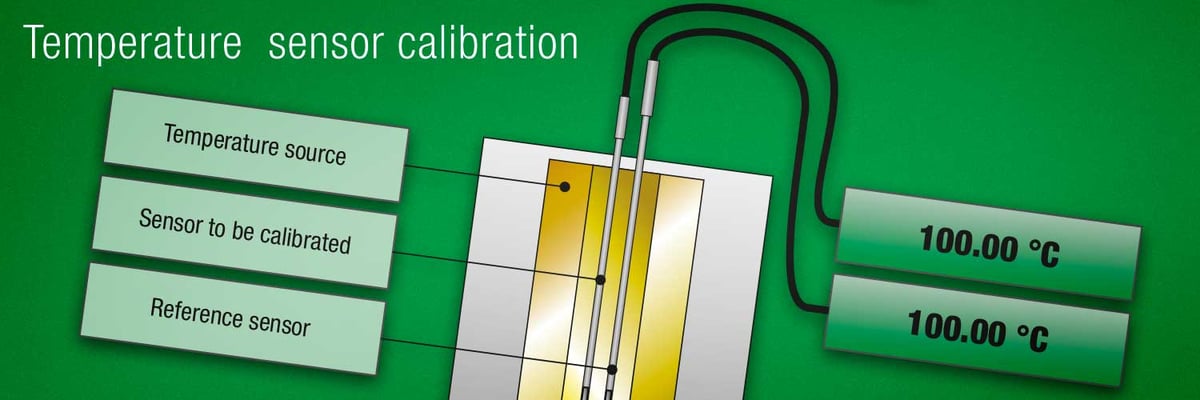 Every temperature measurement loop has a temperature sensor as the first component in the loop. So, it all starts with a temperature sensor. The temperature sensor plays a vital role in the accuracy of the whole temperature measurement loop.
Every temperature measurement loop has a temperature sensor as the first component in the loop. So, it all starts with a temperature sensor. The temperature sensor plays a vital role in the accuracy of the whole temperature measurement loop.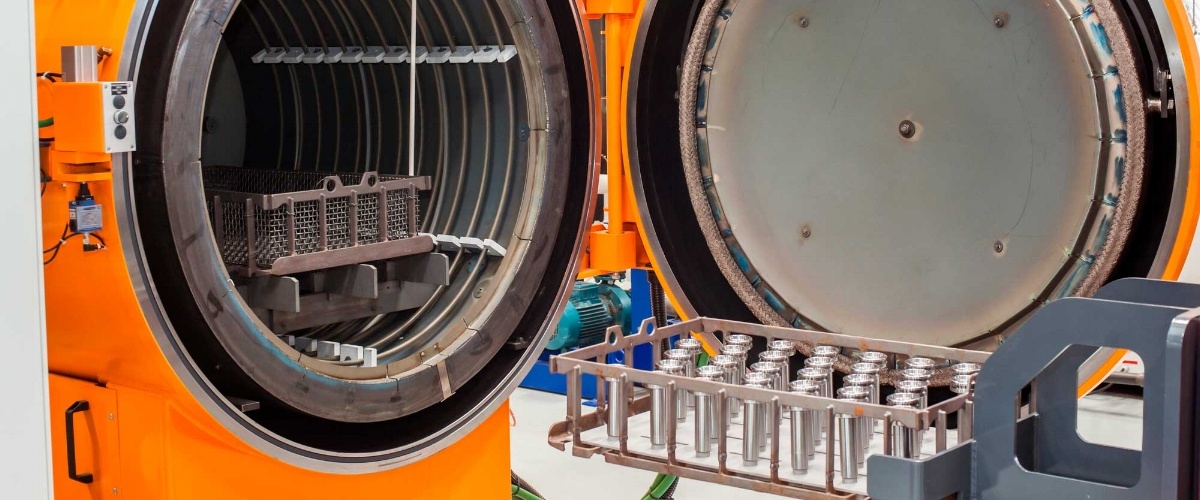 In this article, we will take a look at the AMS2750E standard, with a special focus on the requirements set for accuracy, calibration and test/calibration equipment.
In this article, we will take a look at the AMS2750E standard, with a special focus on the requirements set for accuracy, calibration and test/calibration equipment.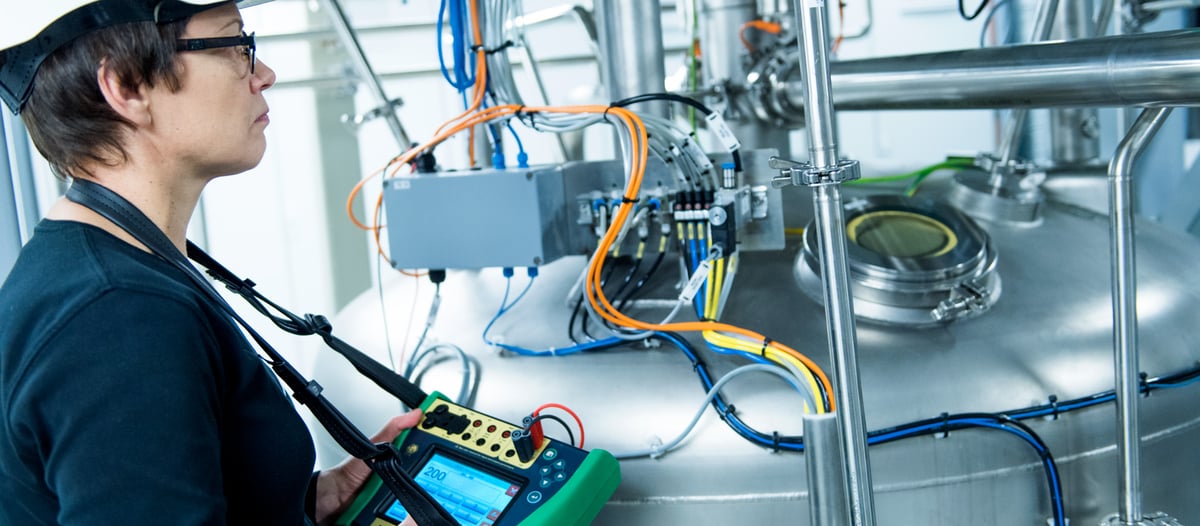 Most calibration technicians follow long-established procedures at their facility that have not evolved with instrumentation technology. Years ago, maintaining a performance specification of ±1% of span was difficult, but today’s instrumentation can easily exceed that level on an annual basis. In some instances, technicians are using old test equipment that does not meet new technology specifications.
Most calibration technicians follow long-established procedures at their facility that have not evolved with instrumentation technology. Years ago, maintaining a performance specification of ±1% of span was difficult, but today’s instrumentation can easily exceed that level on an annual basis. In some instances, technicians are using old test equipment that does not meet new technology specifications.
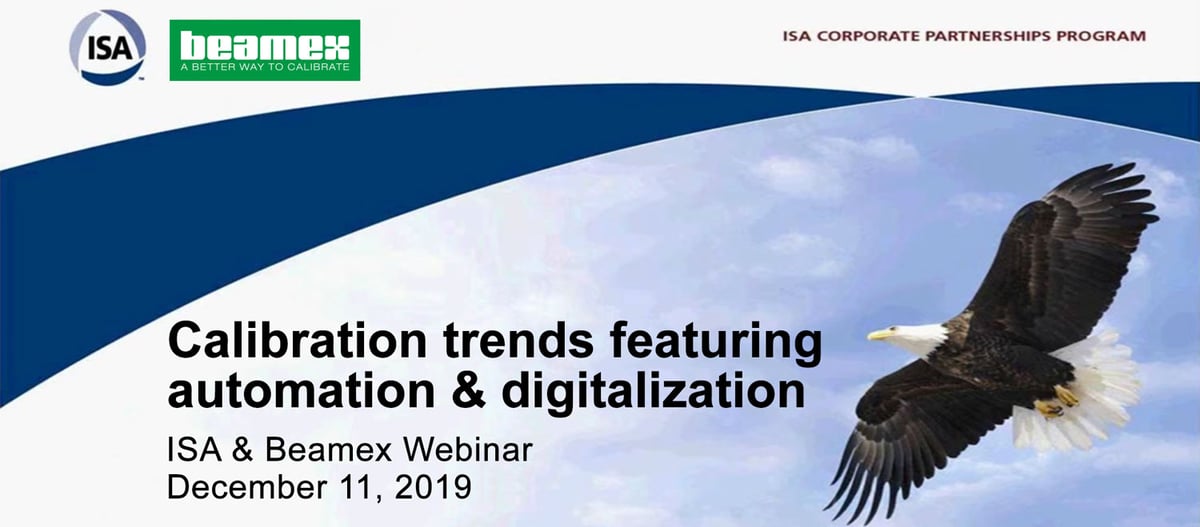
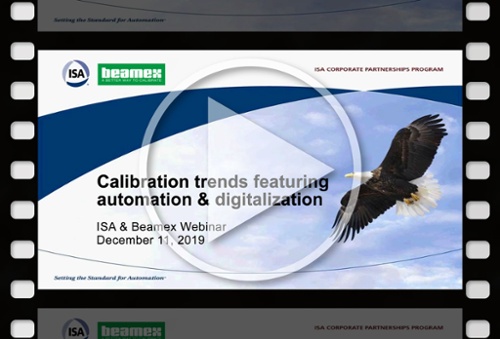









 Beamex’s suite of calibration management software can benefit all sizes of process plant. For relatively small plants, where calibration data is needed for only one location, only a few instruments require calibrating and where regulatory compliance is minimal,
Beamex’s suite of calibration management software can benefit all sizes of process plant. For relatively small plants, where calibration data is needed for only one location, only a few instruments require calibrating and where regulatory compliance is minimal,  Along with CMX, the
Along with CMX, the 


![Beamex blog post - Picture of SRP site - How a business analyst connected calibration and asset management [Case Story]](https://resources.beamex.com/hs-fs/hubfs/Beamex_blog_pictures/SRP%20plant.jpg?width=1200&name=SRP%20plant.jpg)
 mron, a Business Analyst at Salt River Project’s corporate headquarters in Tempe, Arizona, has been serving the company for more than 40 years and has helped develop Salt River Project’s calibration processes. Several years ago, he started to investigate the possibility of linking their calibration software,
mron, a Business Analyst at Salt River Project’s corporate headquarters in Tempe, Arizona, has been serving the company for more than 40 years and has helped develop Salt River Project’s calibration processes. Several years ago, he started to investigate the possibility of linking their calibration software, 





.jpg?width=1200&name=Graph%201%20-tolerance%20(0.1).jpg)
.jpg?width=1200&name=Graph%202%20-%20tolerance%20(0.25).jpg)
.jpg?width=1200&name=Graph%203%20-%20tolerance%20(1).jpg)




















































![How often should instruments be calibrated [update] - Beamex blog How often should instruments be calibrated [update] - Beamex blog](https://cdn2.hubspot.net/hub/2203666/hubfs/Beamex_blog_pictures/History_trend.jpg?width=1200&name=History_trend.jpg)























































































































 Figure 1. Linear versus square rooting.
Figure 1. Linear versus square rooting.












![Industrial Pressure Calibration Course [eLearning]](https://2203666.fs1.hubspotusercontent-na1.net/hub/2203666/hubfs/eLearning/Pressure%20elearning%20N%C3%A4ytt%C3%B6kuva%202024-11-29%20152932.png?width=300&name=Pressure%20elearning%20N%C3%A4ytt%C3%B6kuva%202024-11-29%20152932.png)













.jpg)






.png)
.png)





















.png)






.png)




















































.png)




